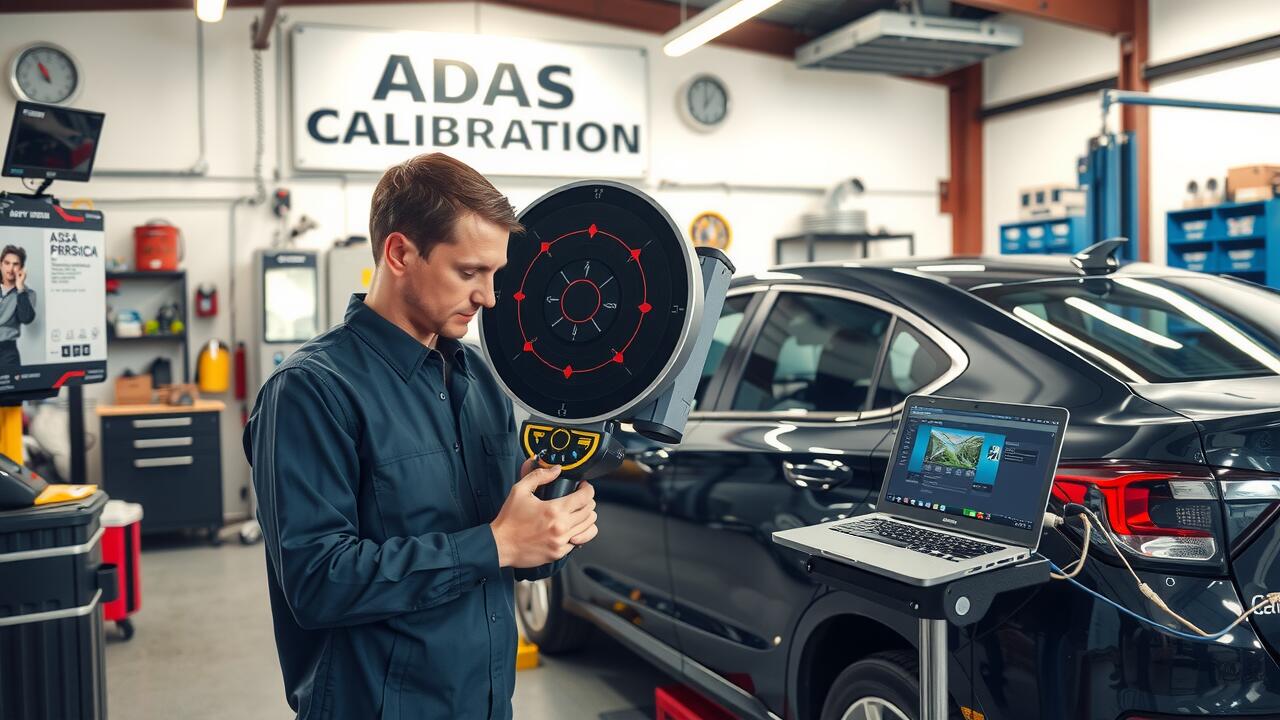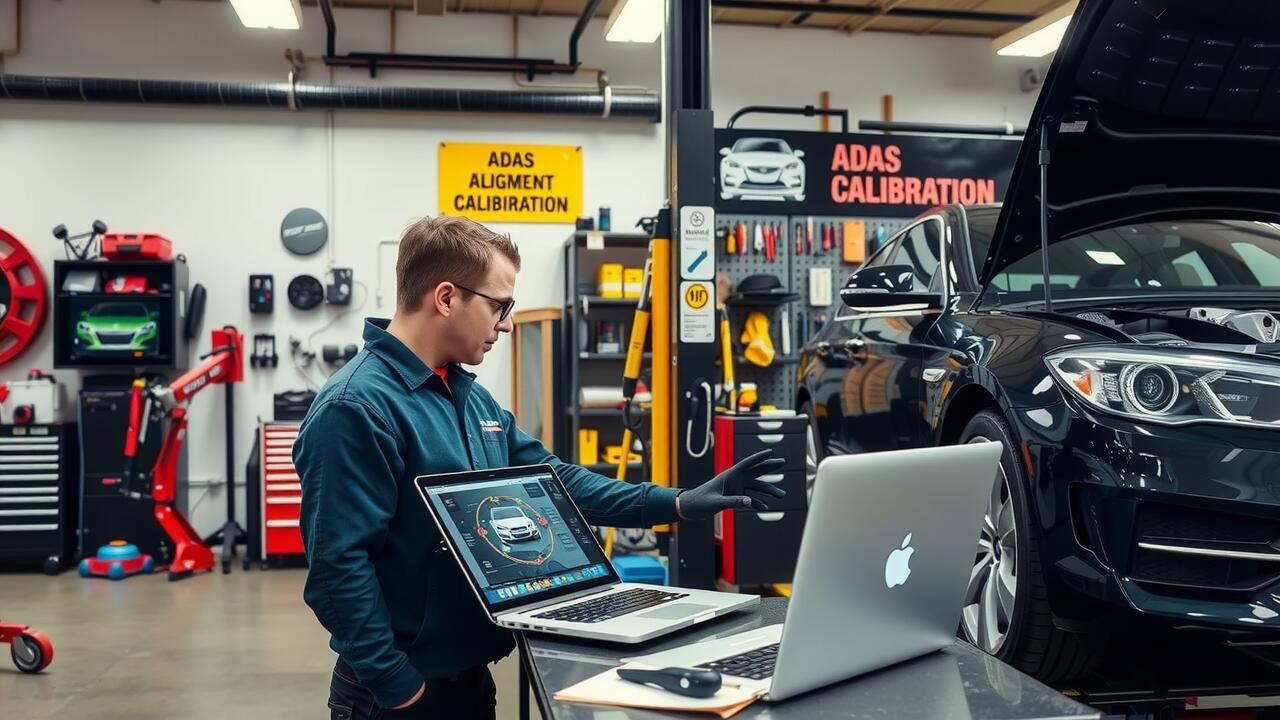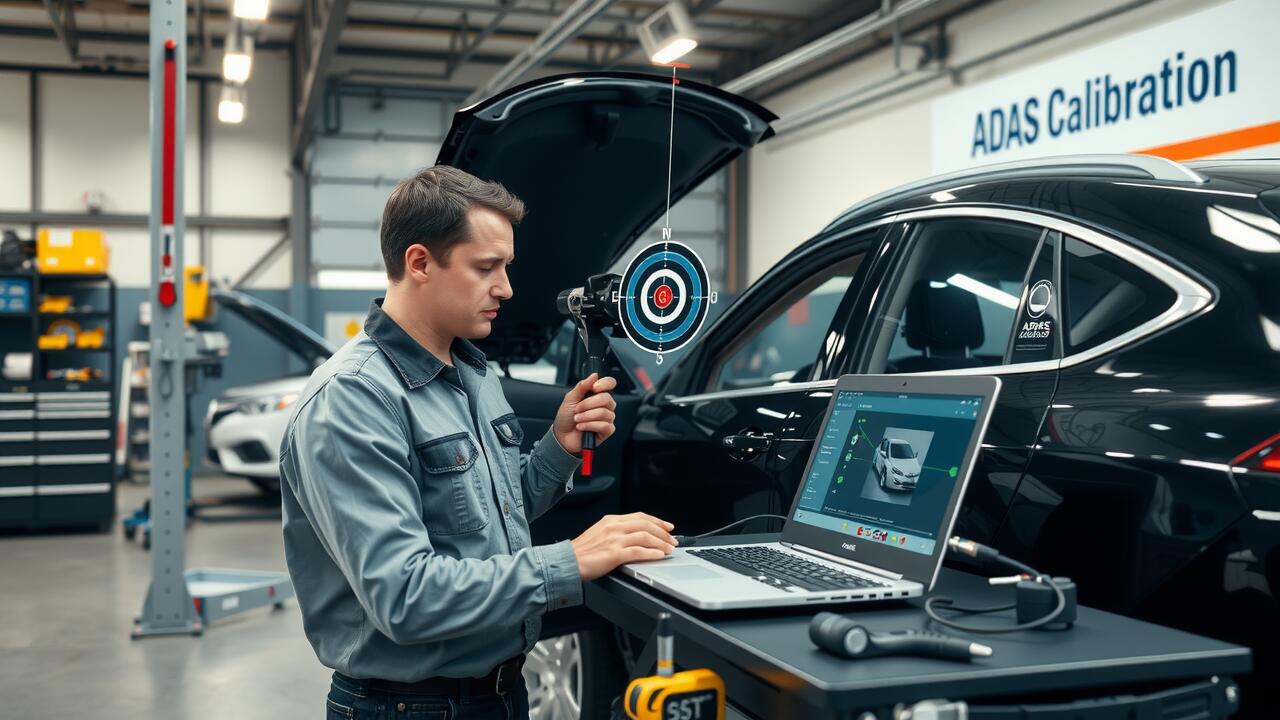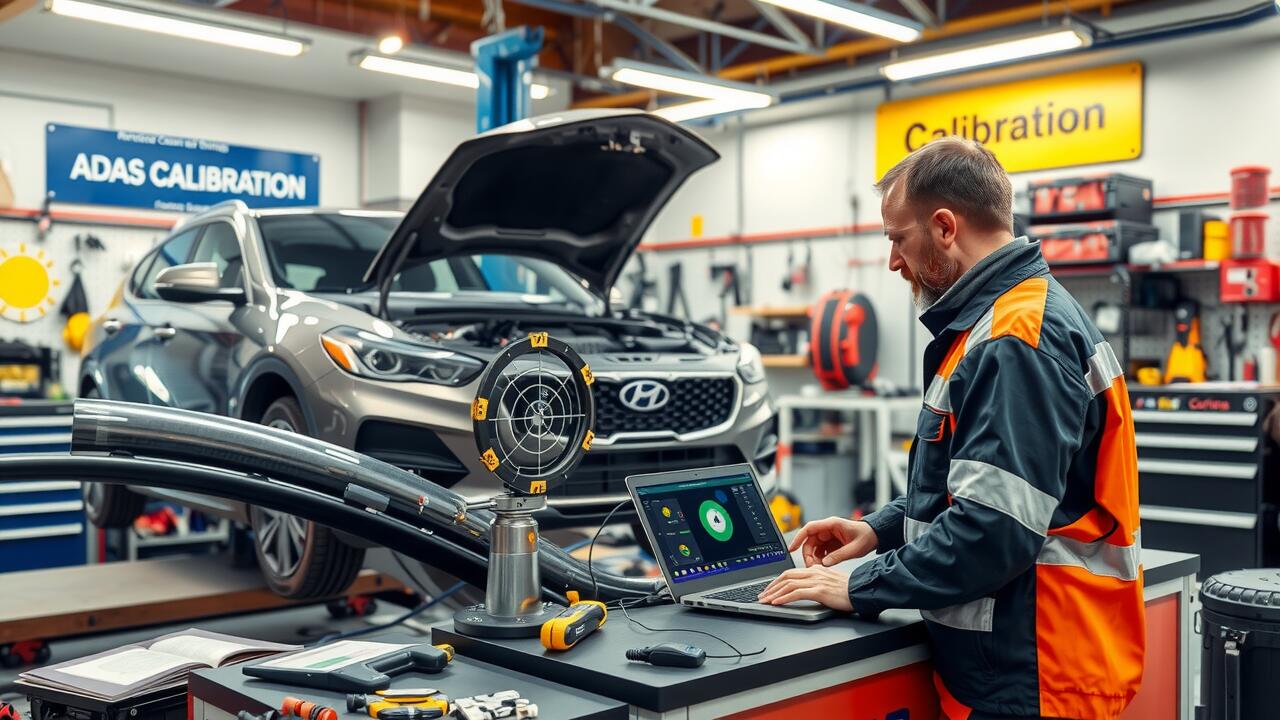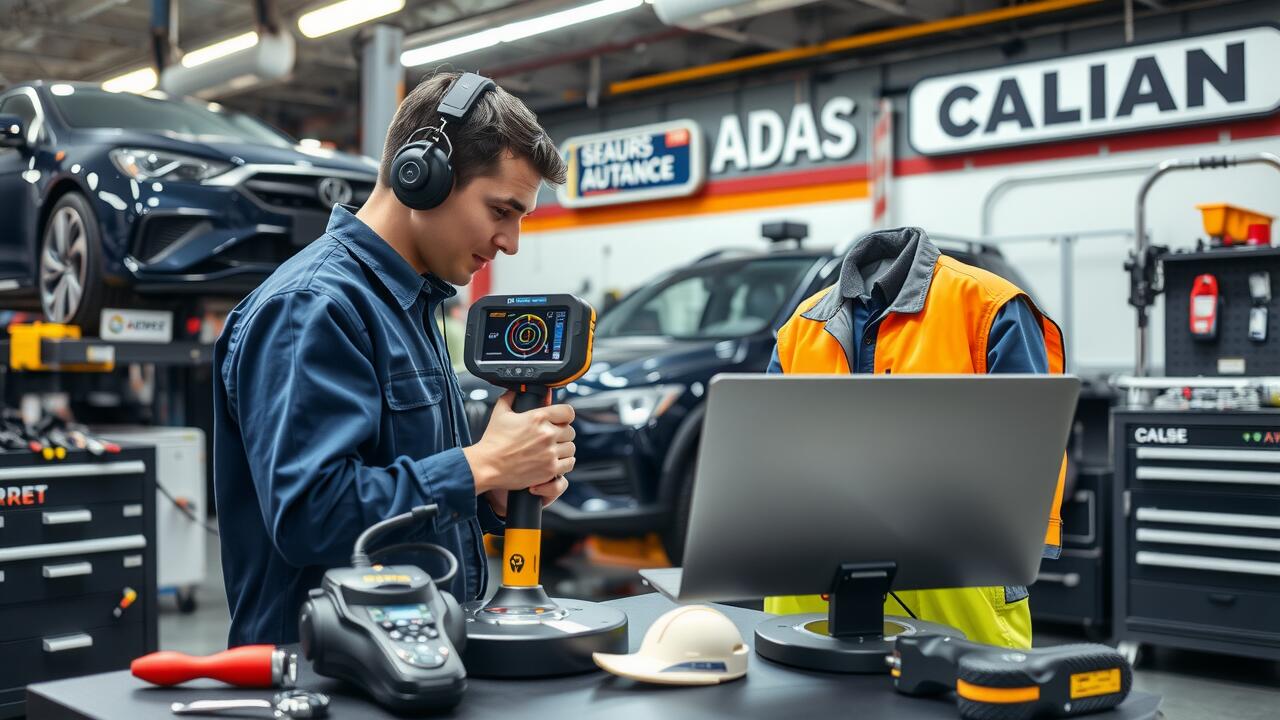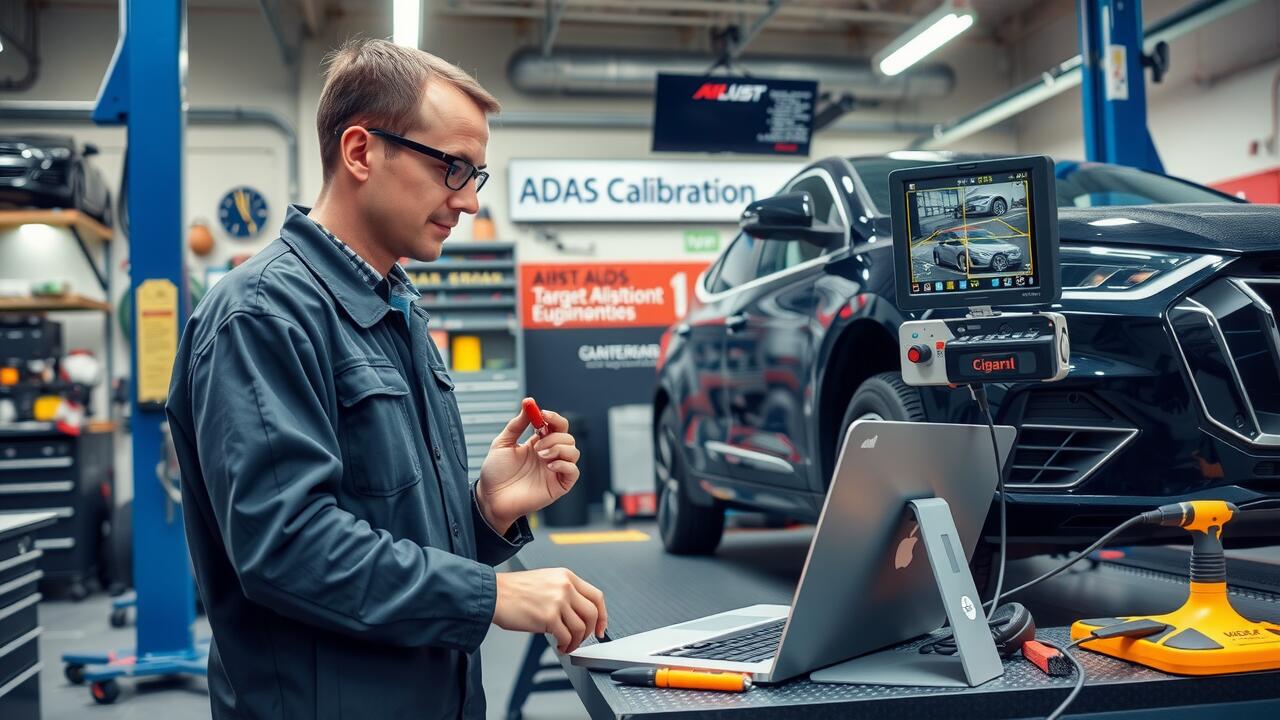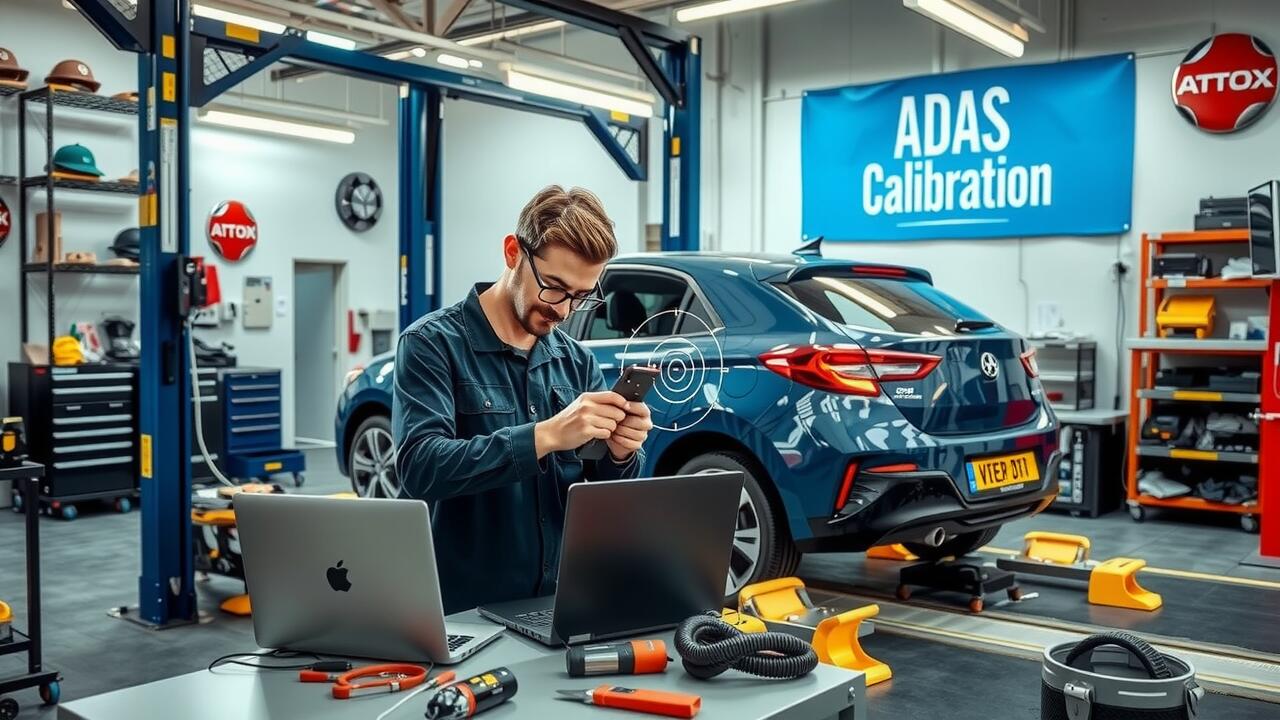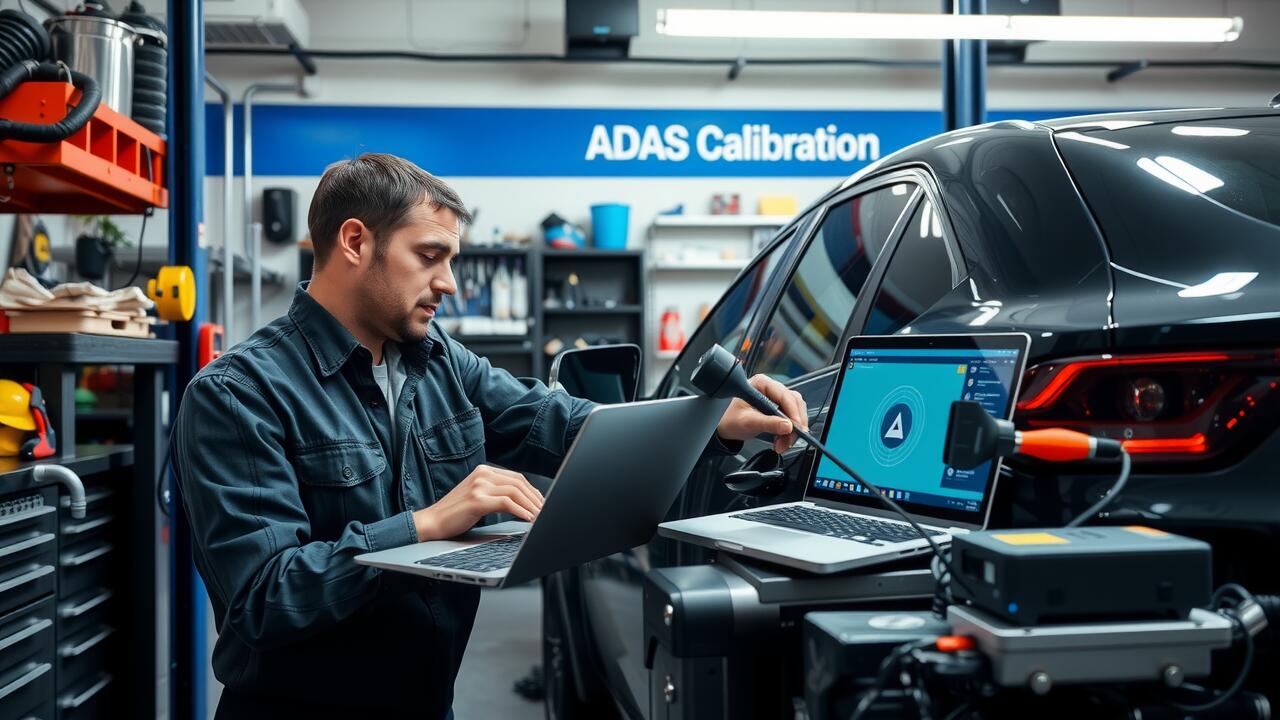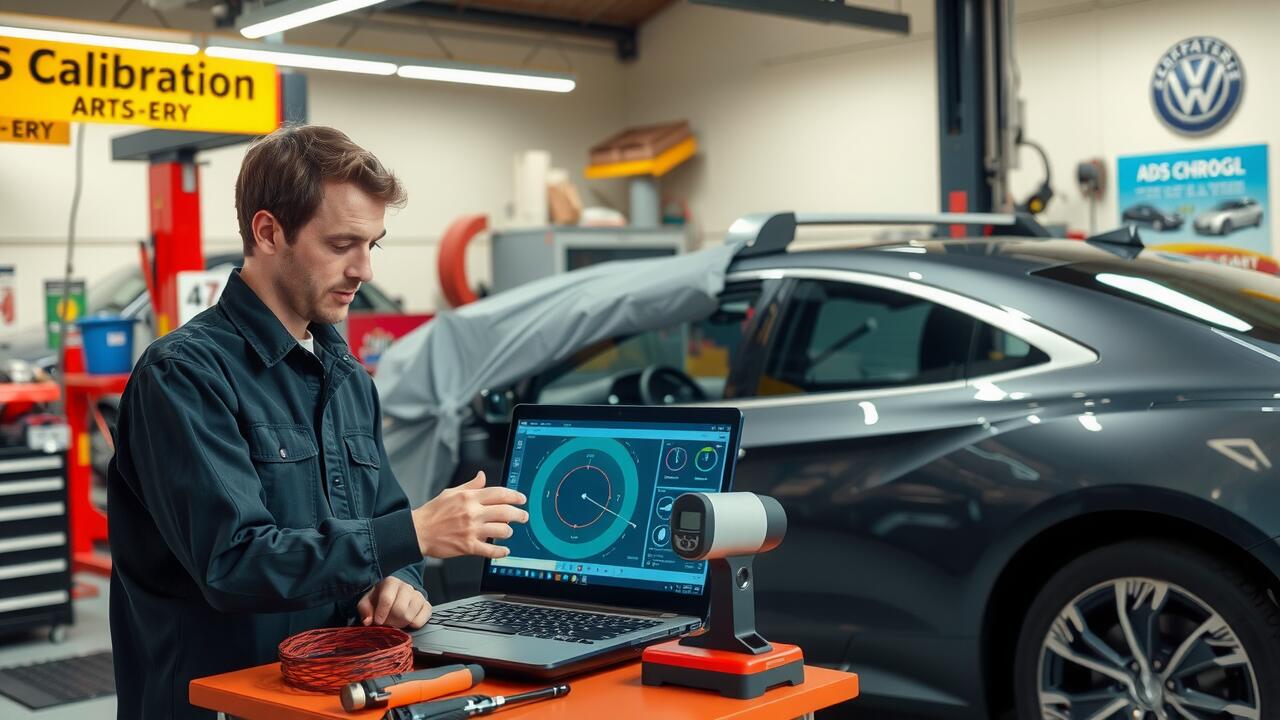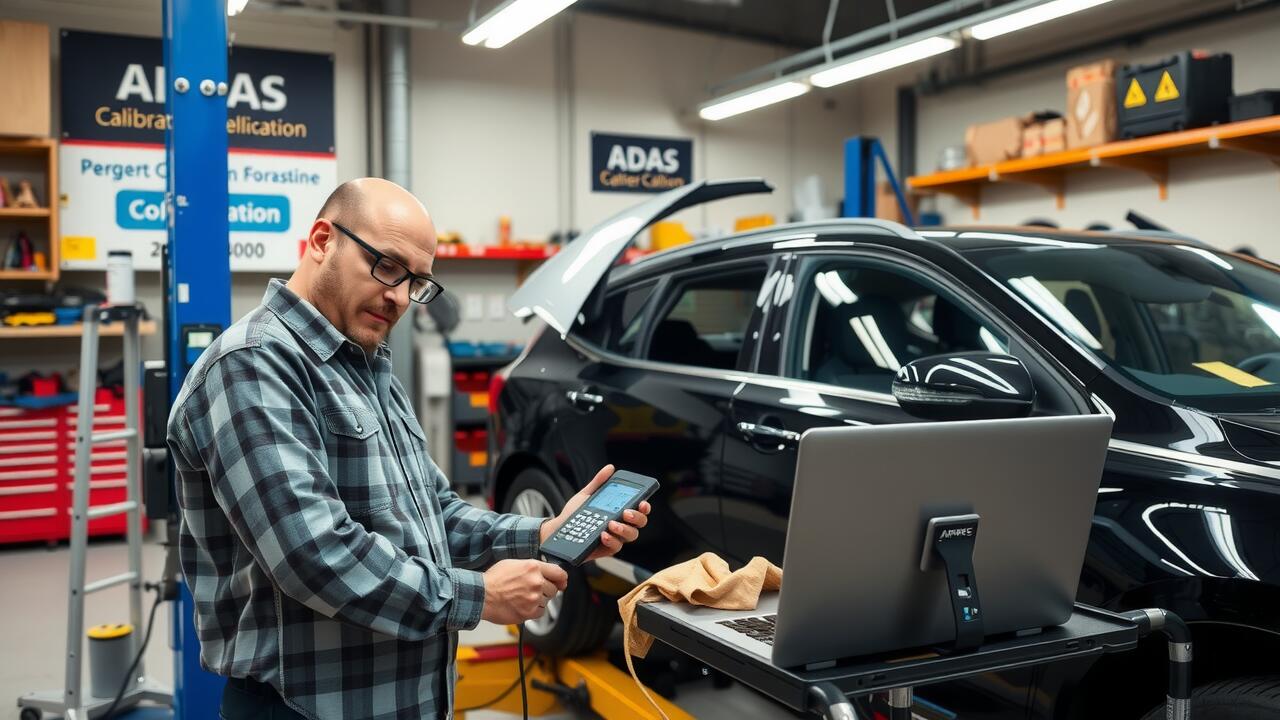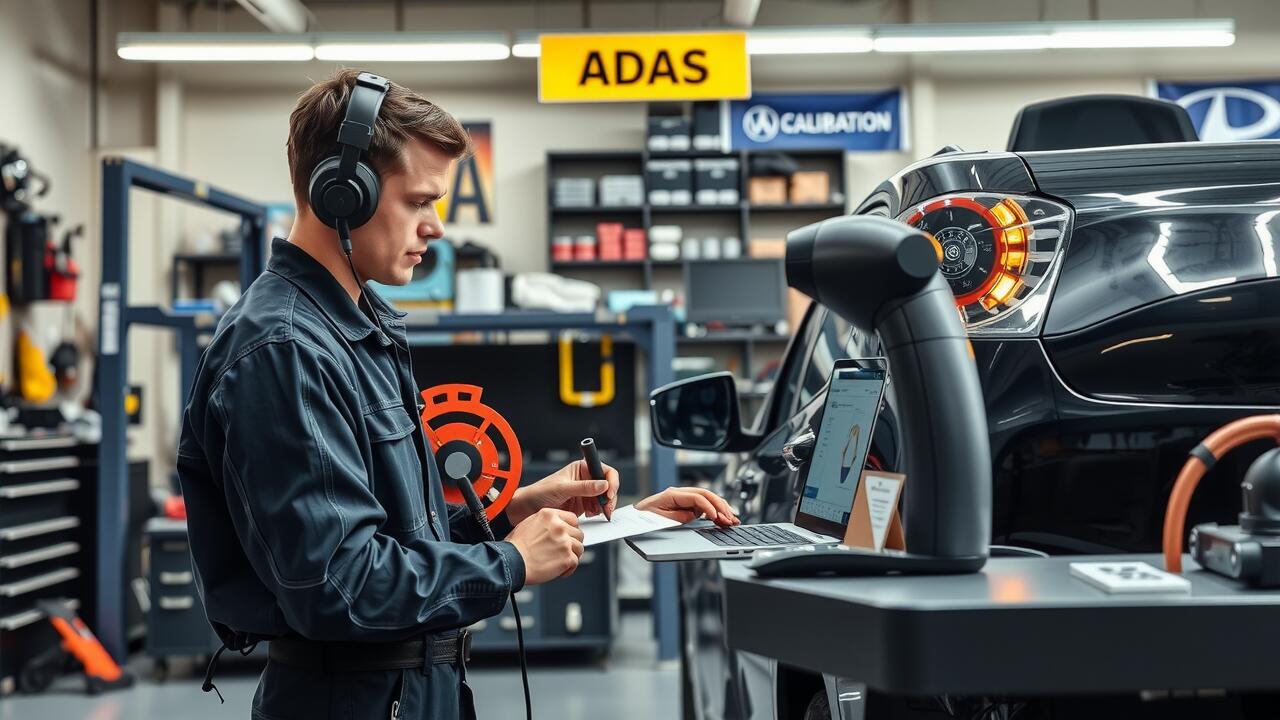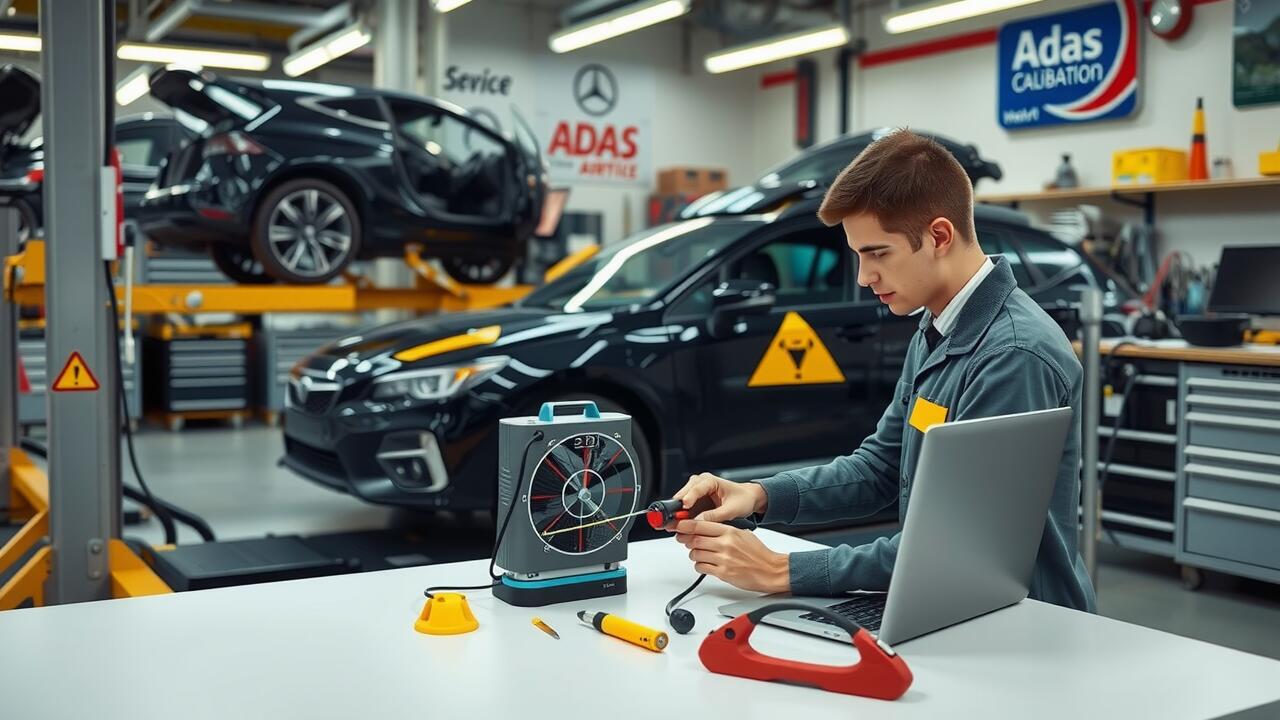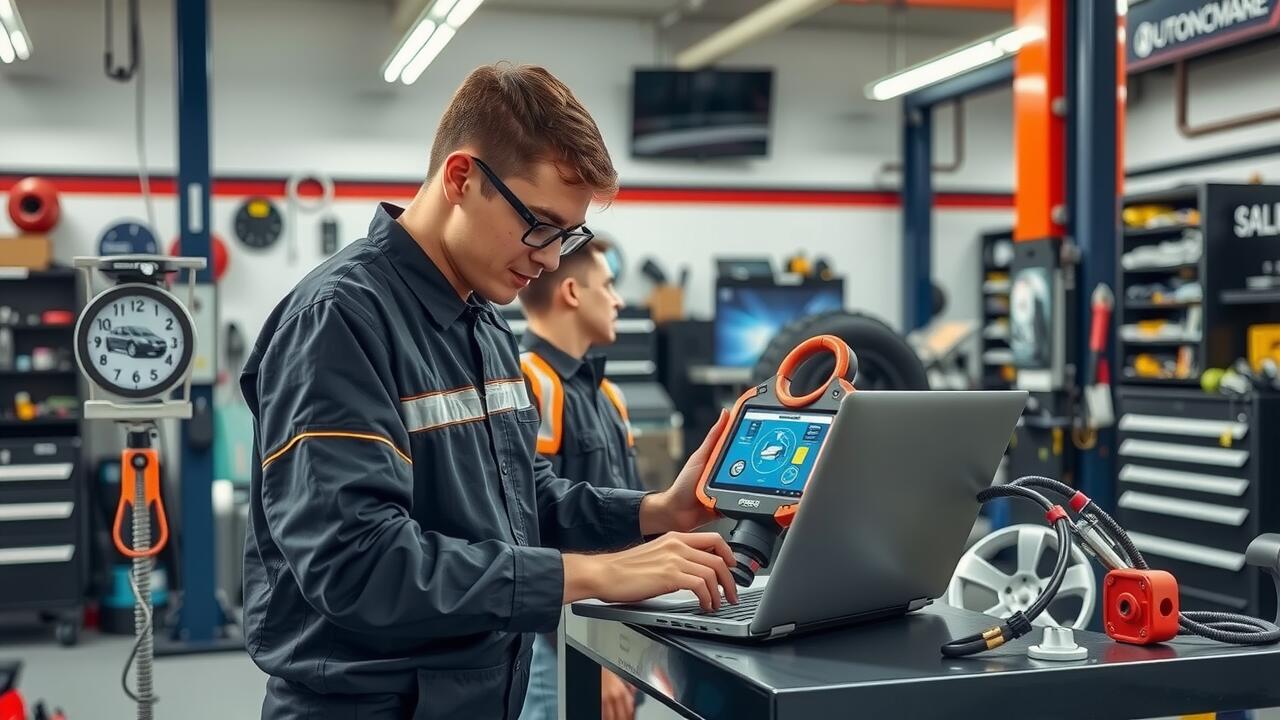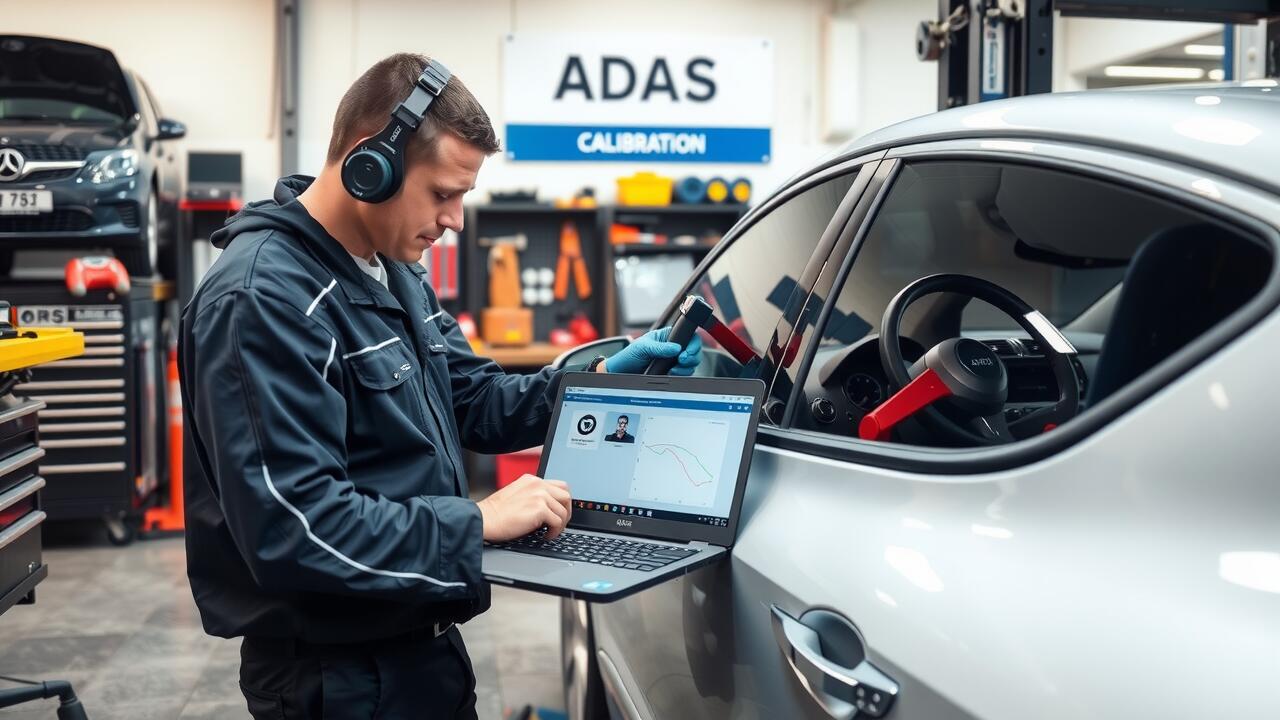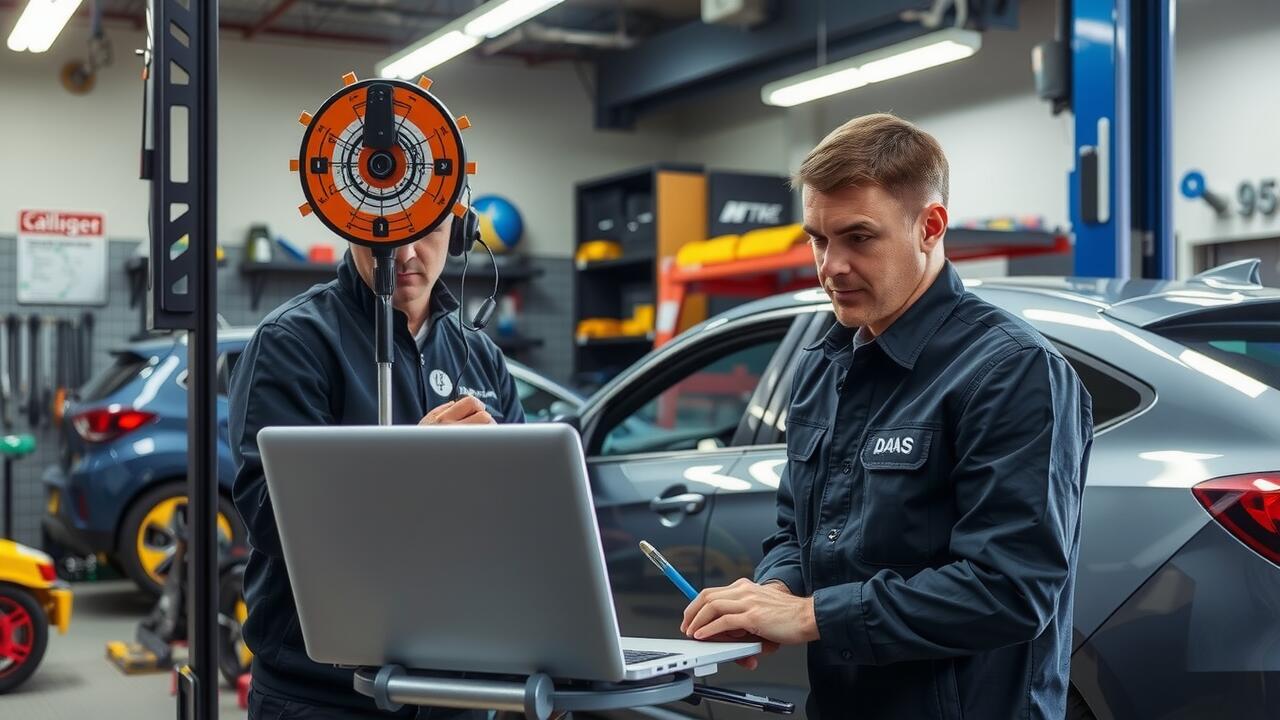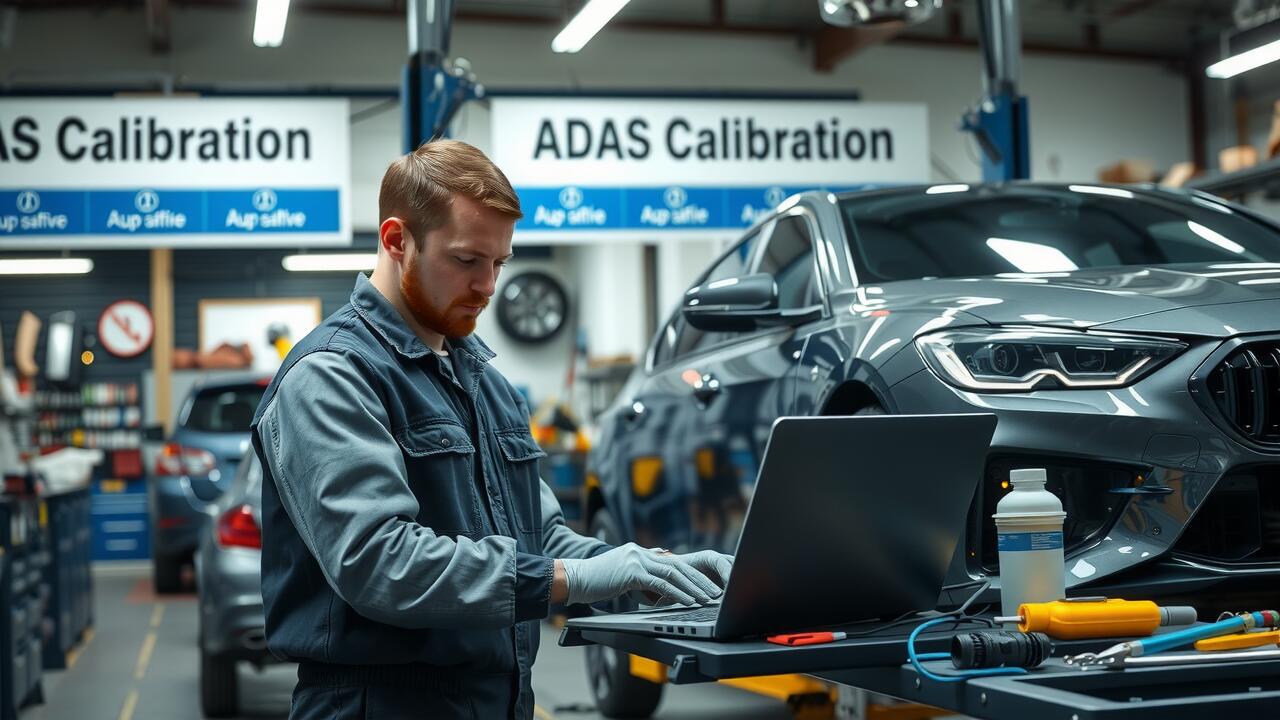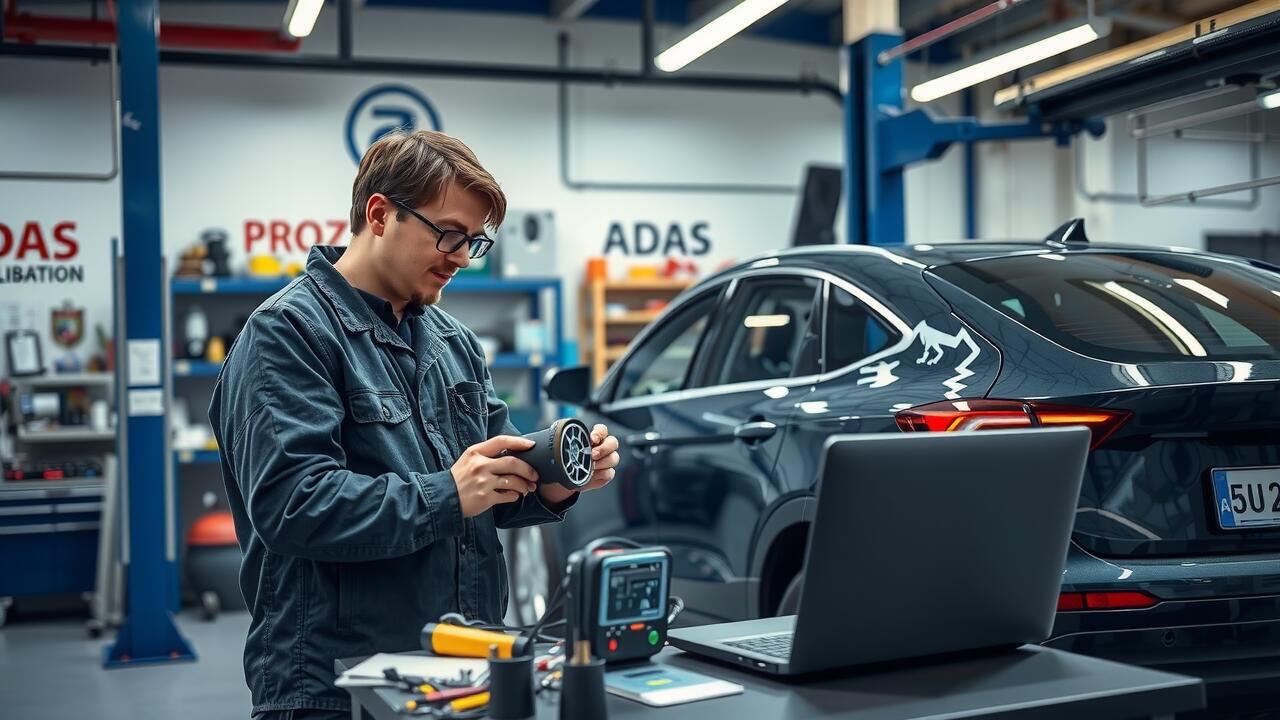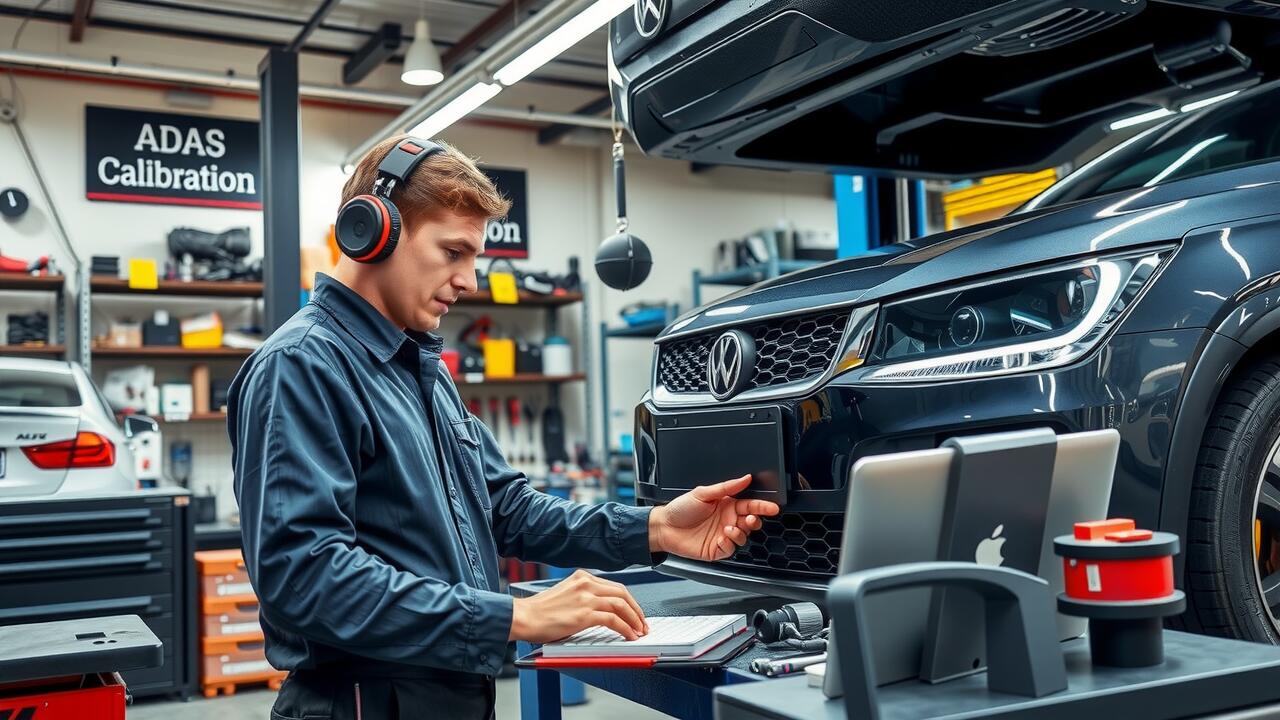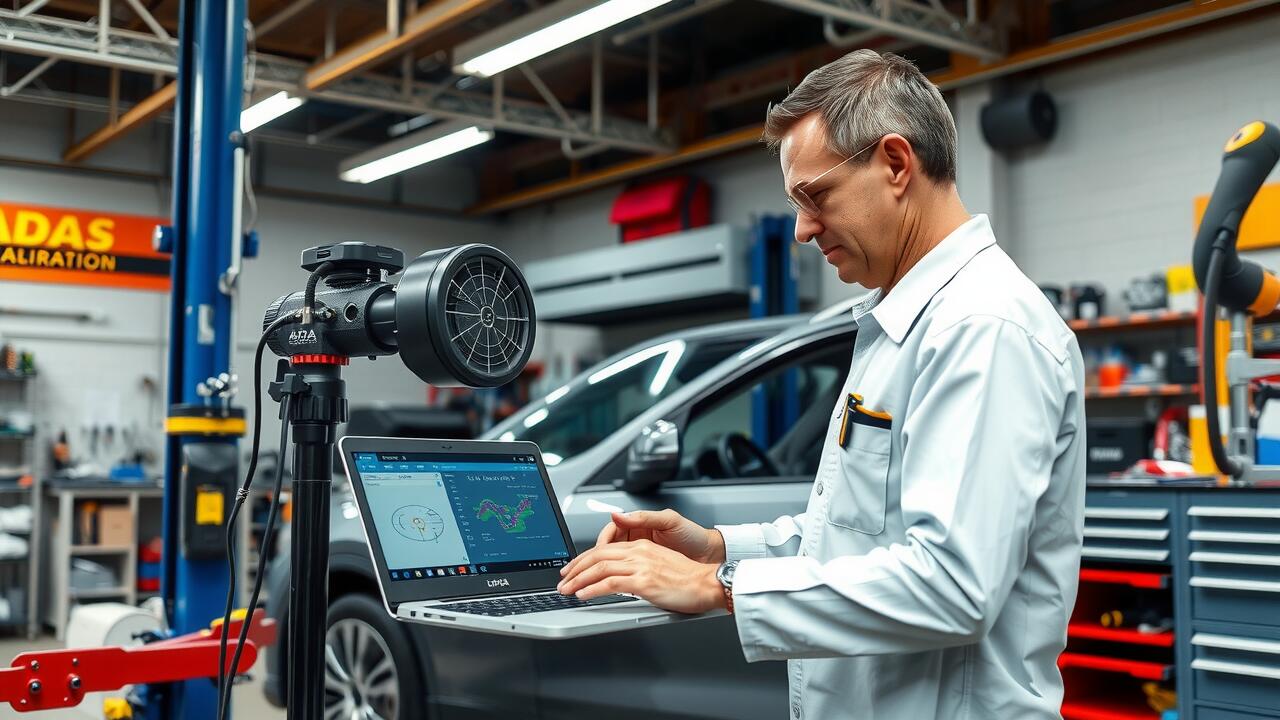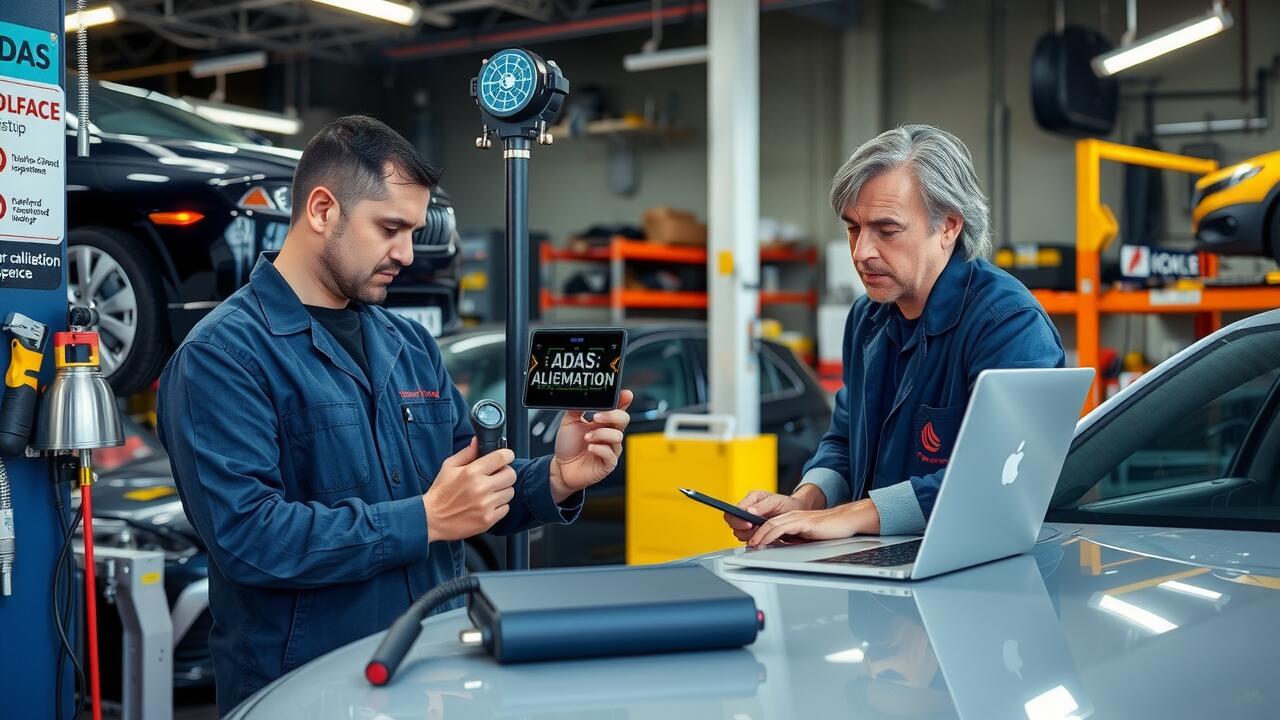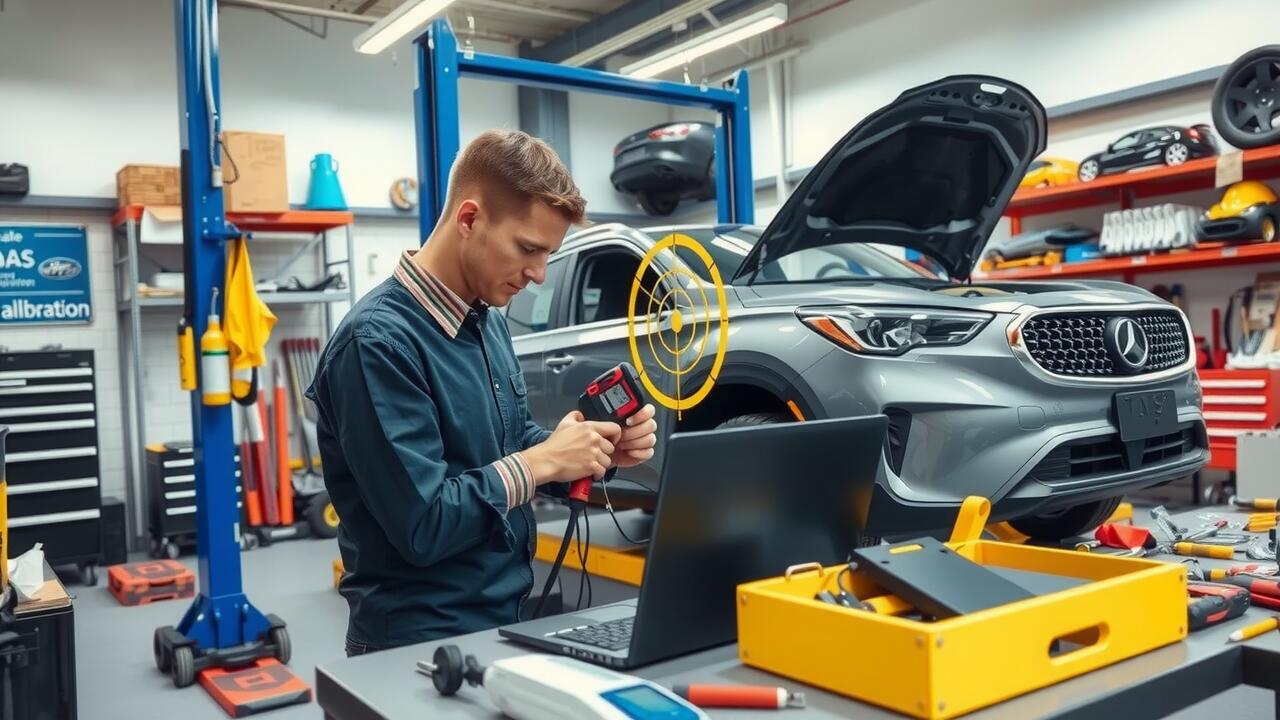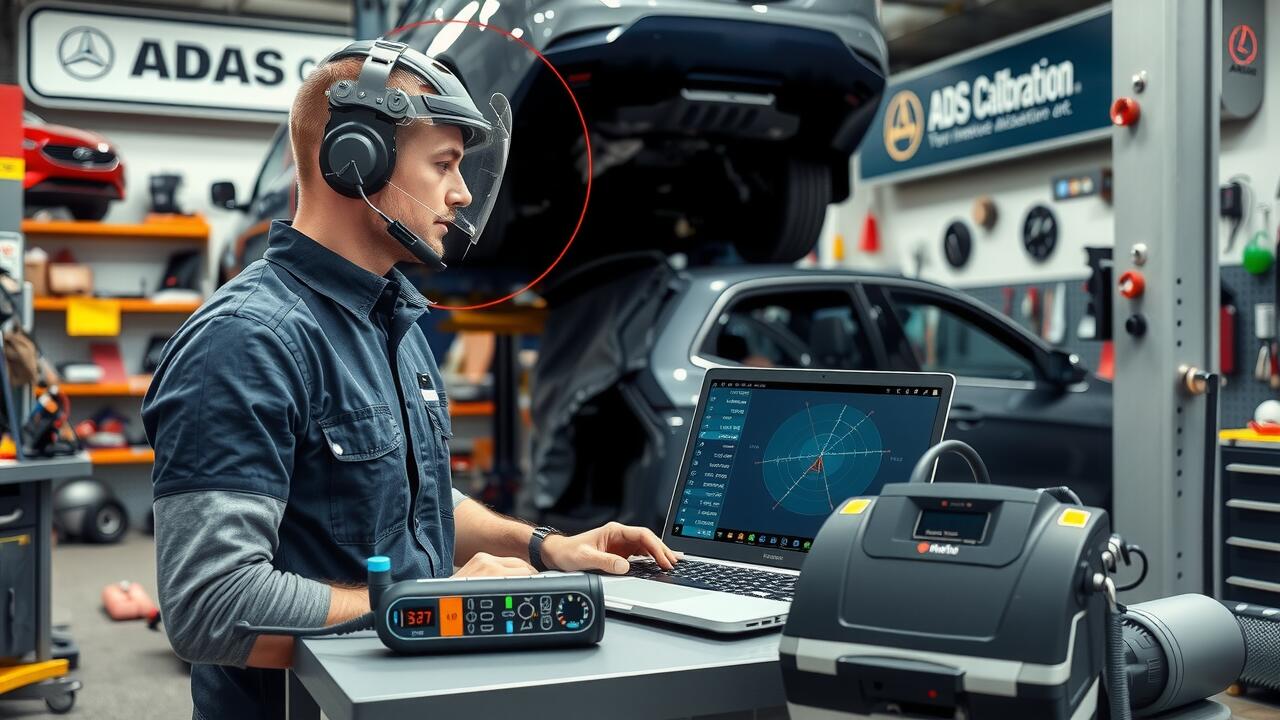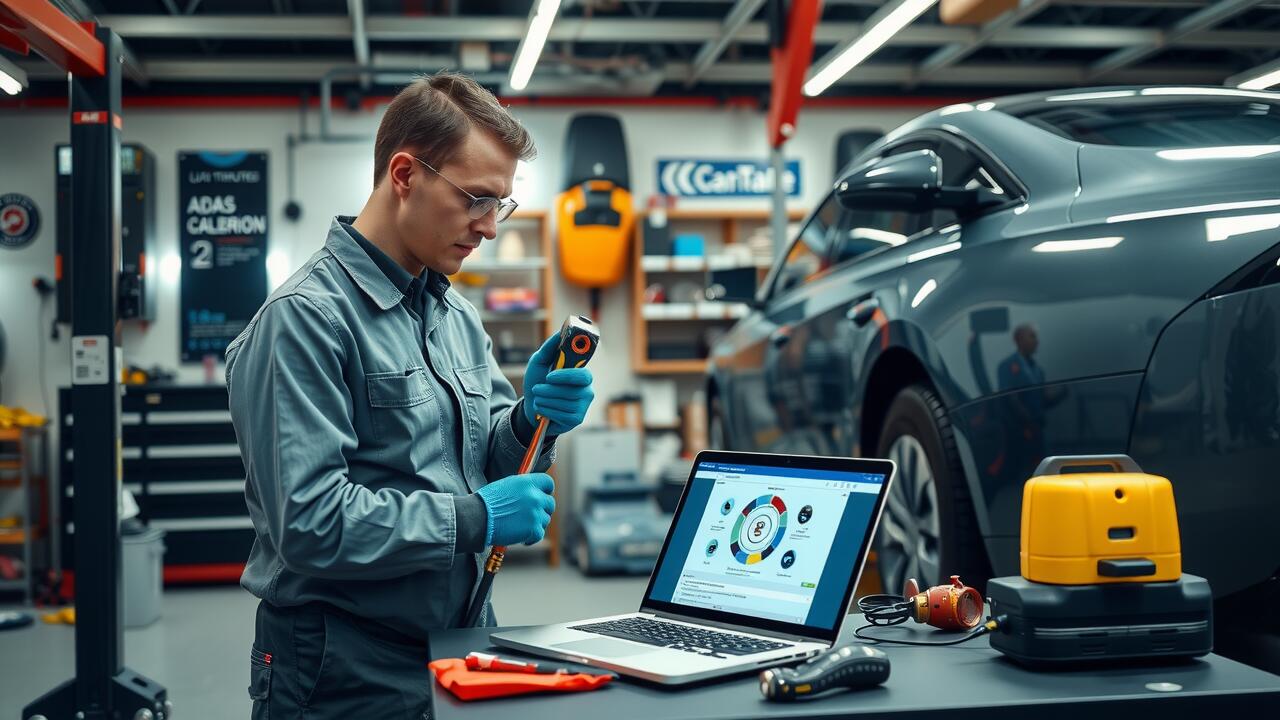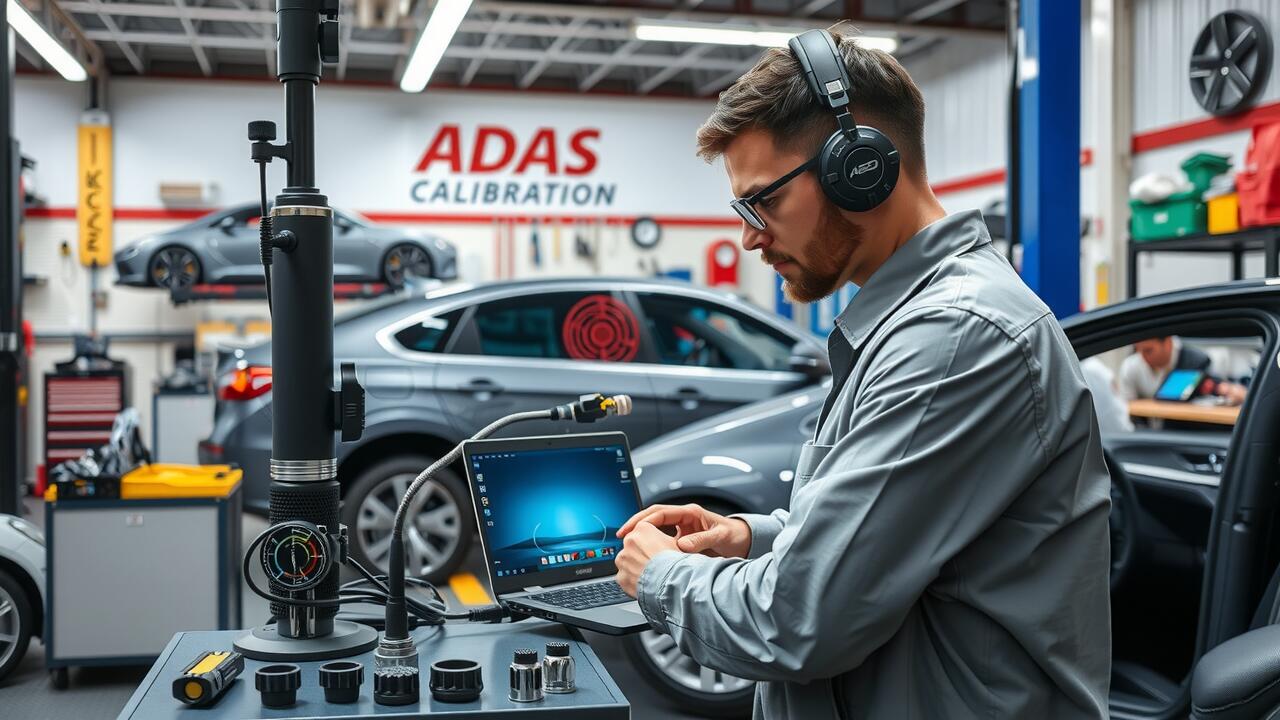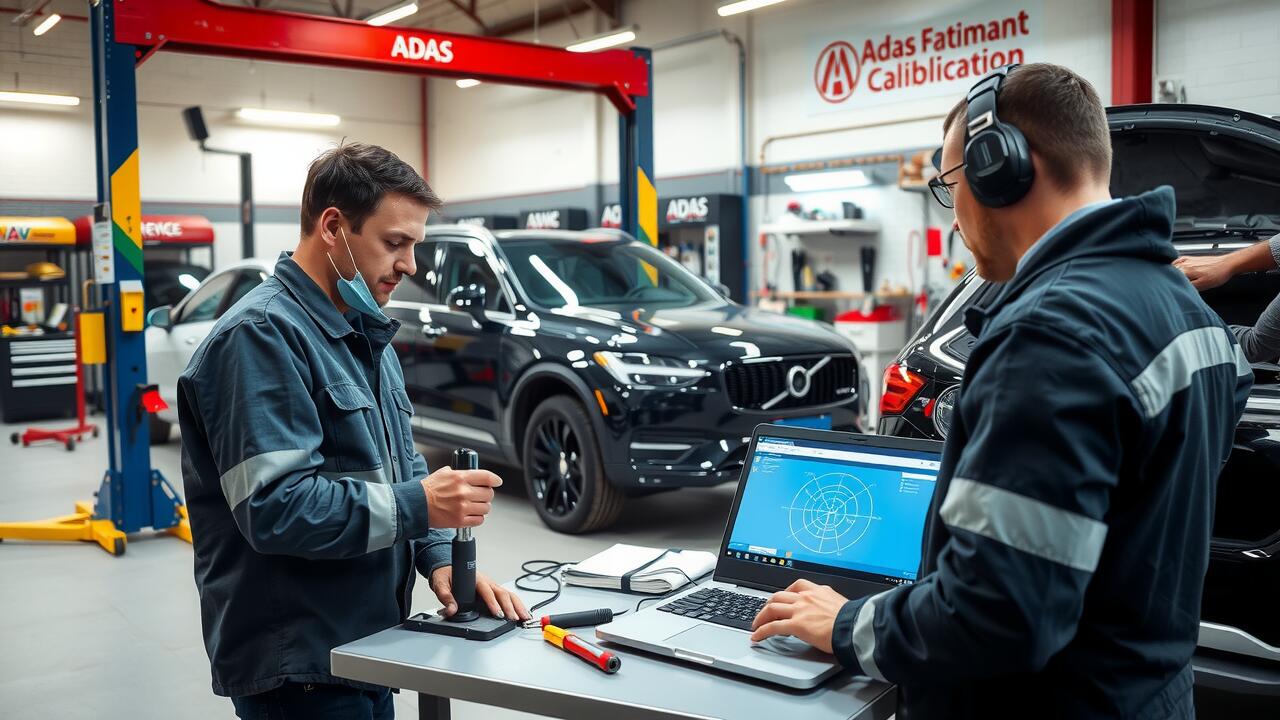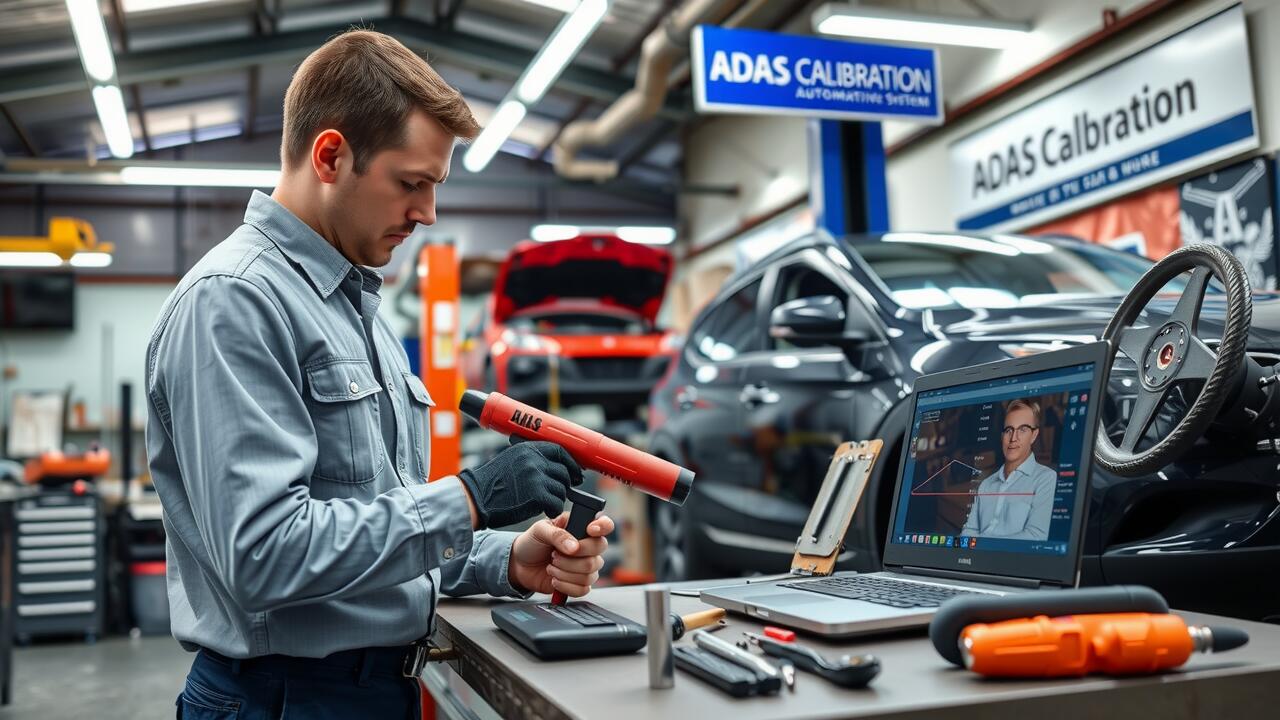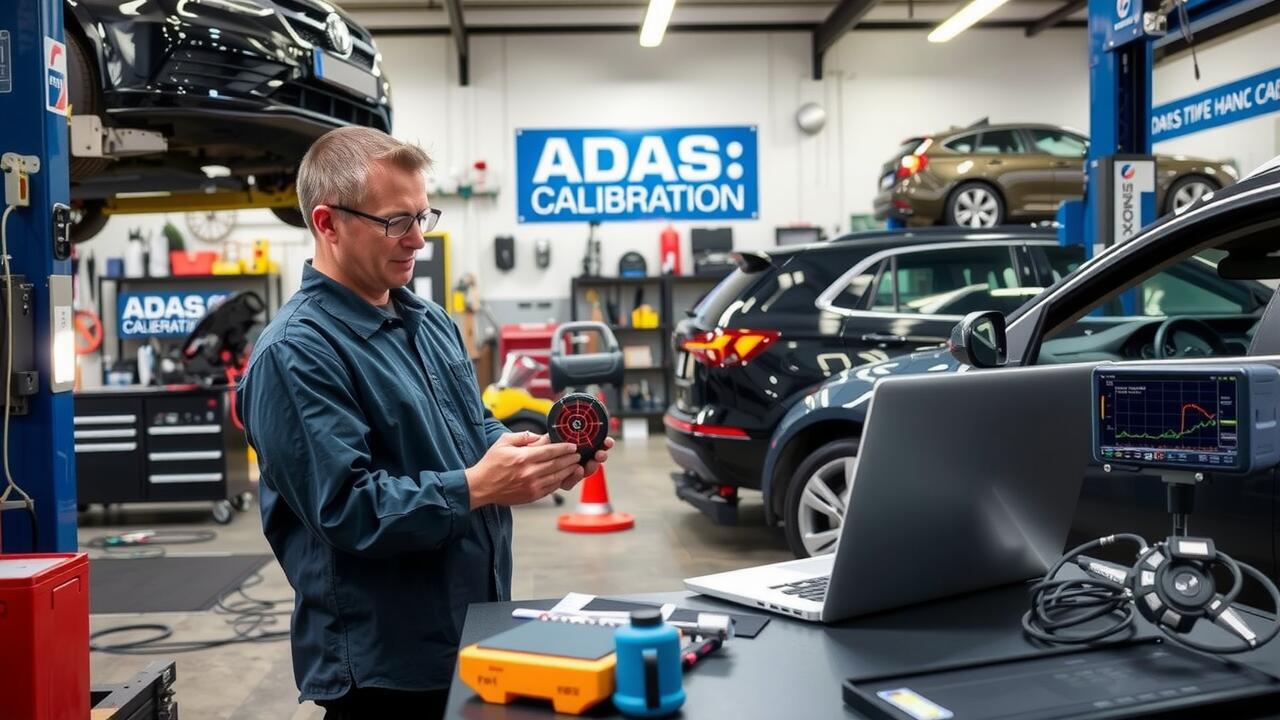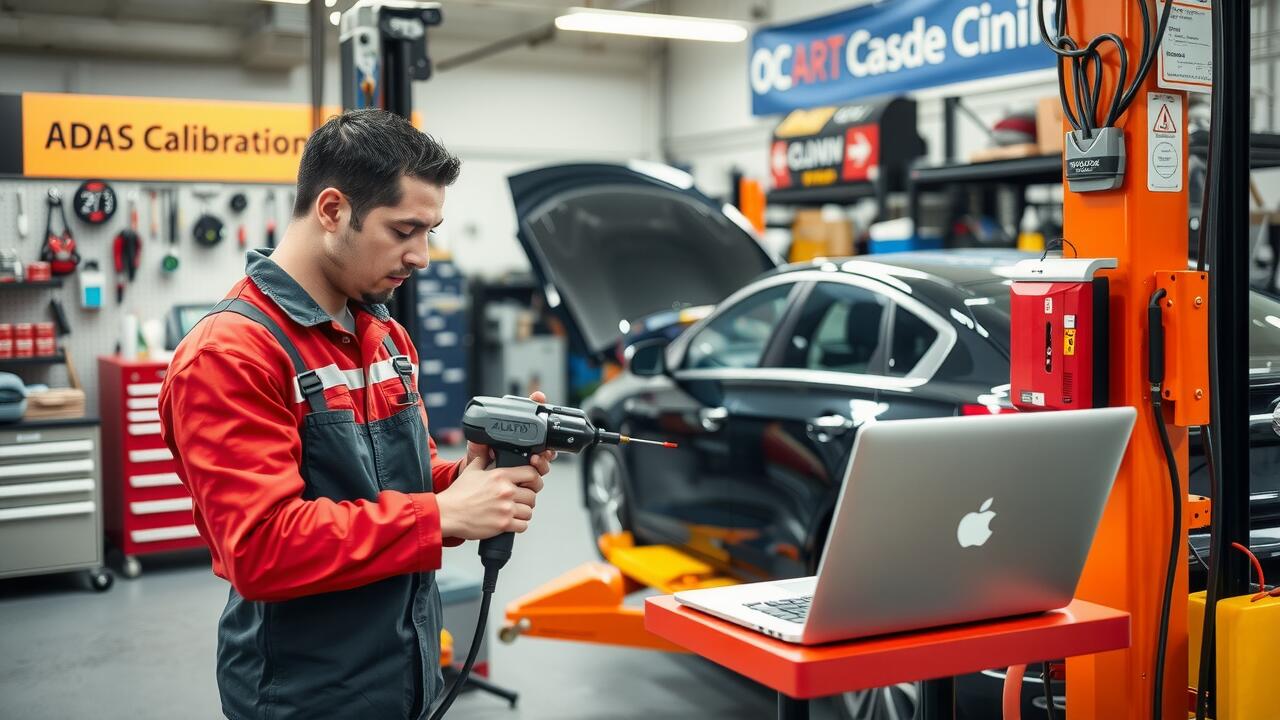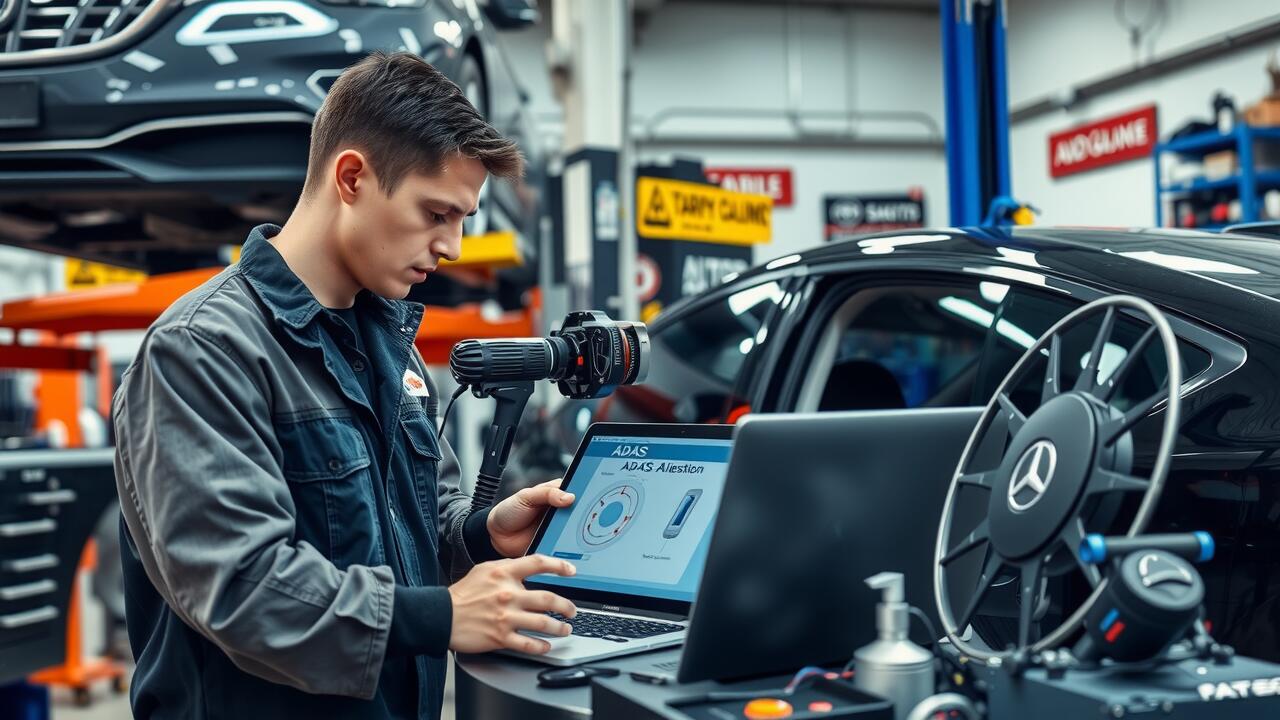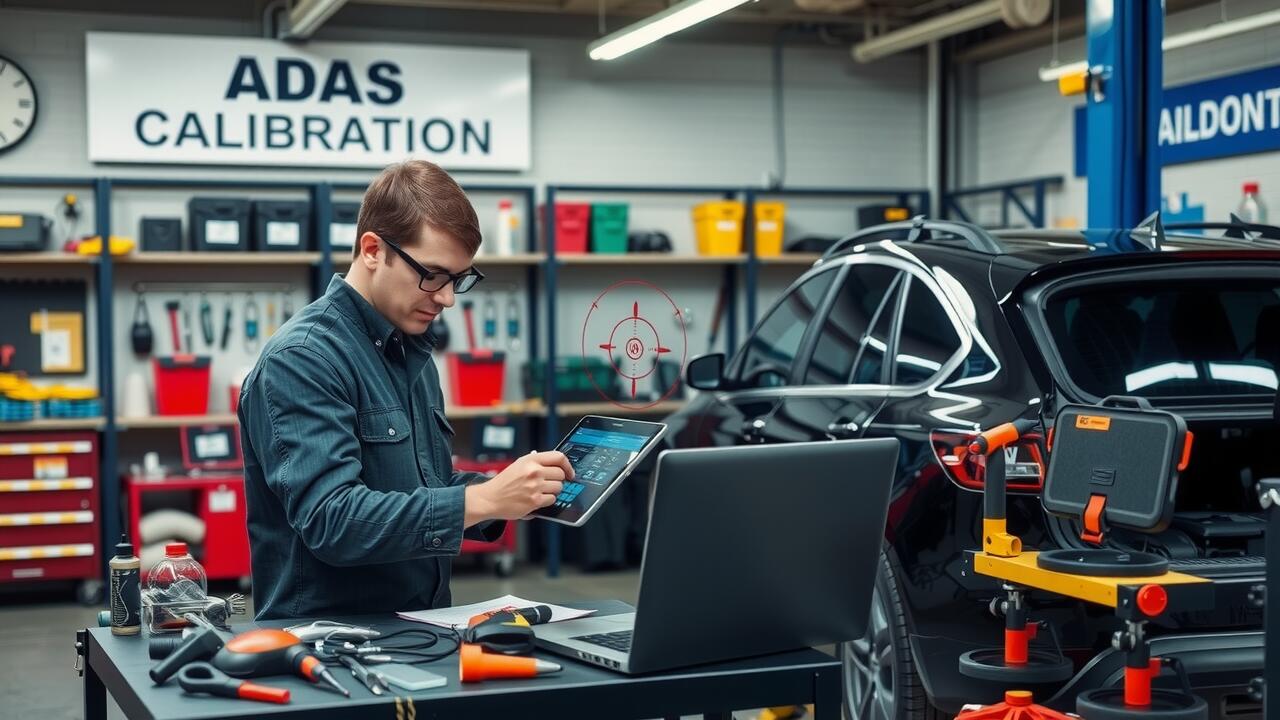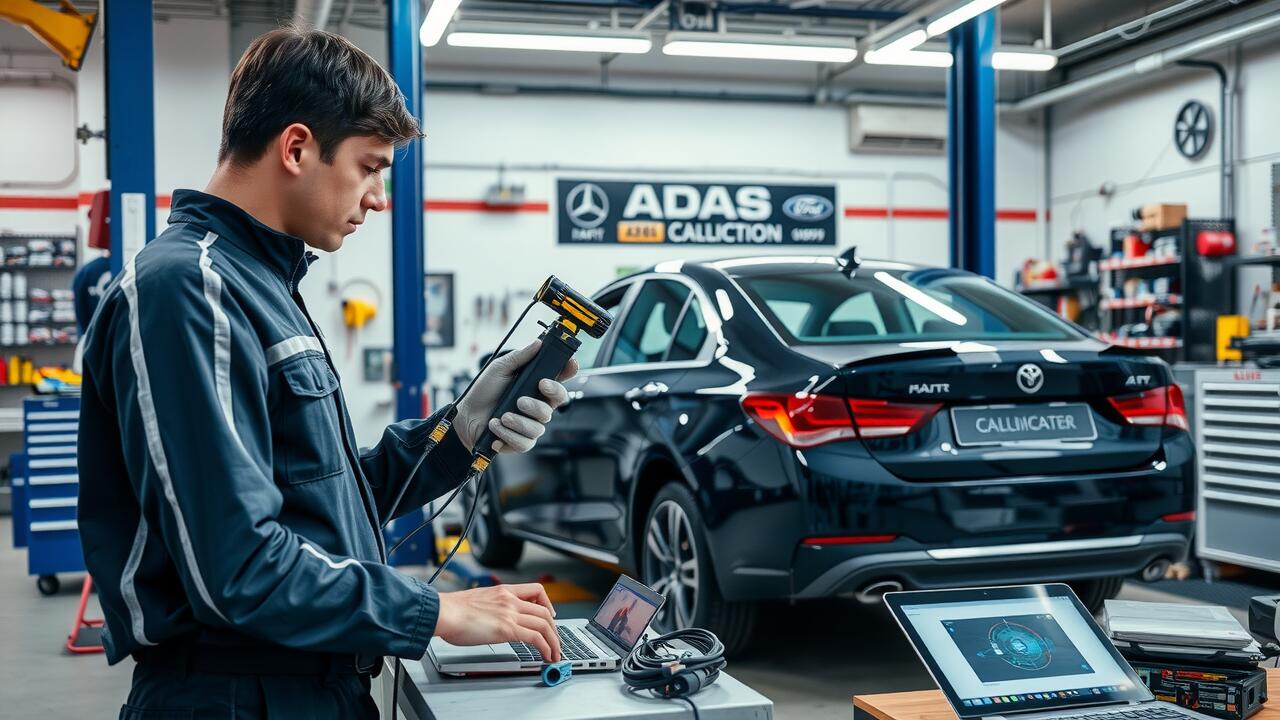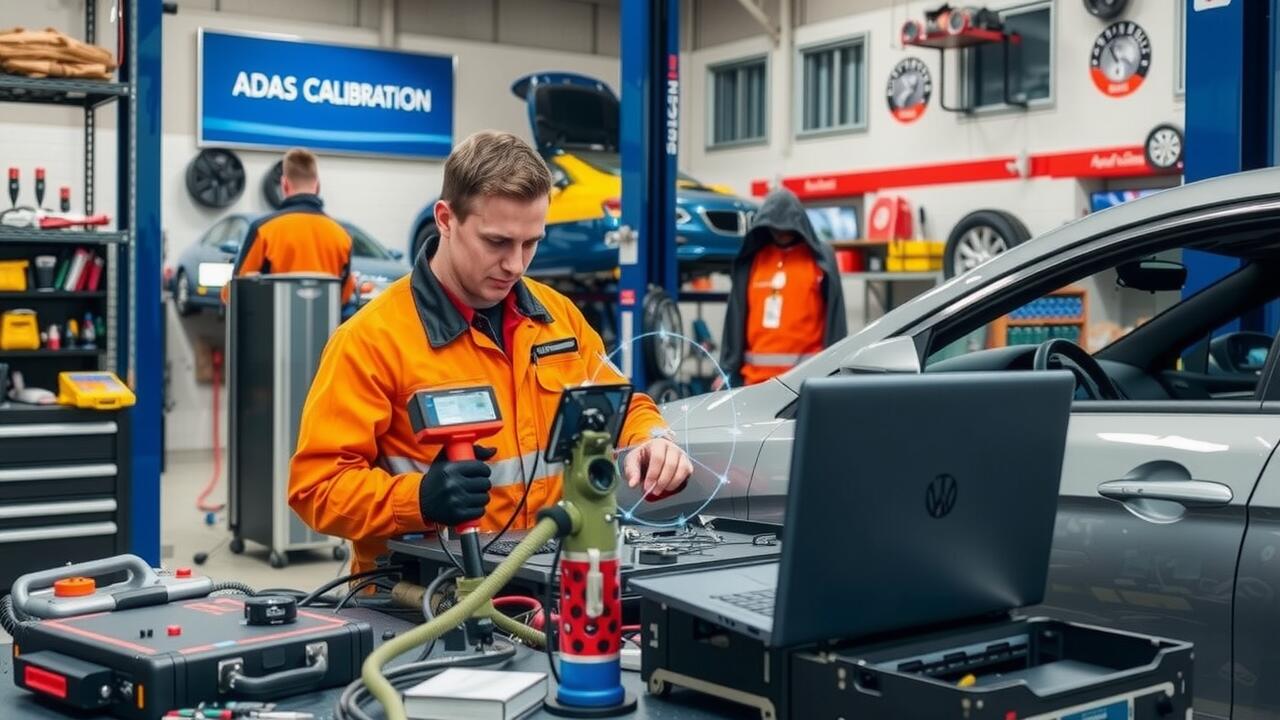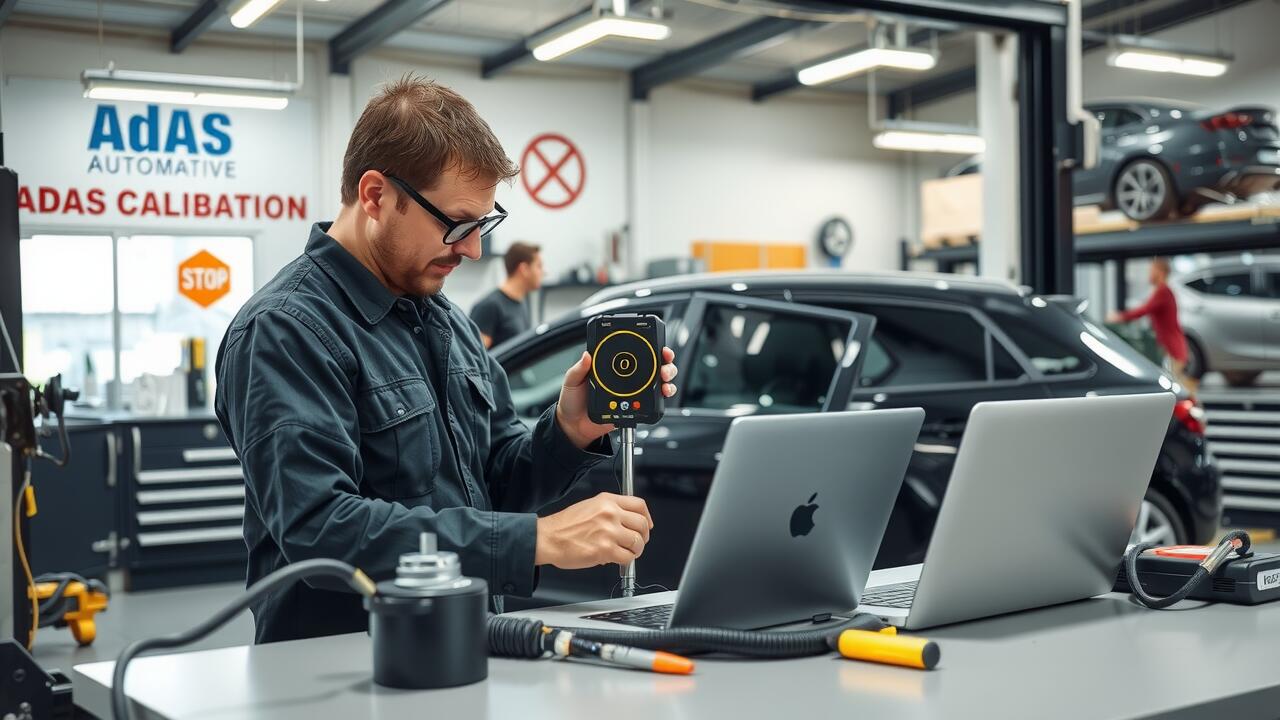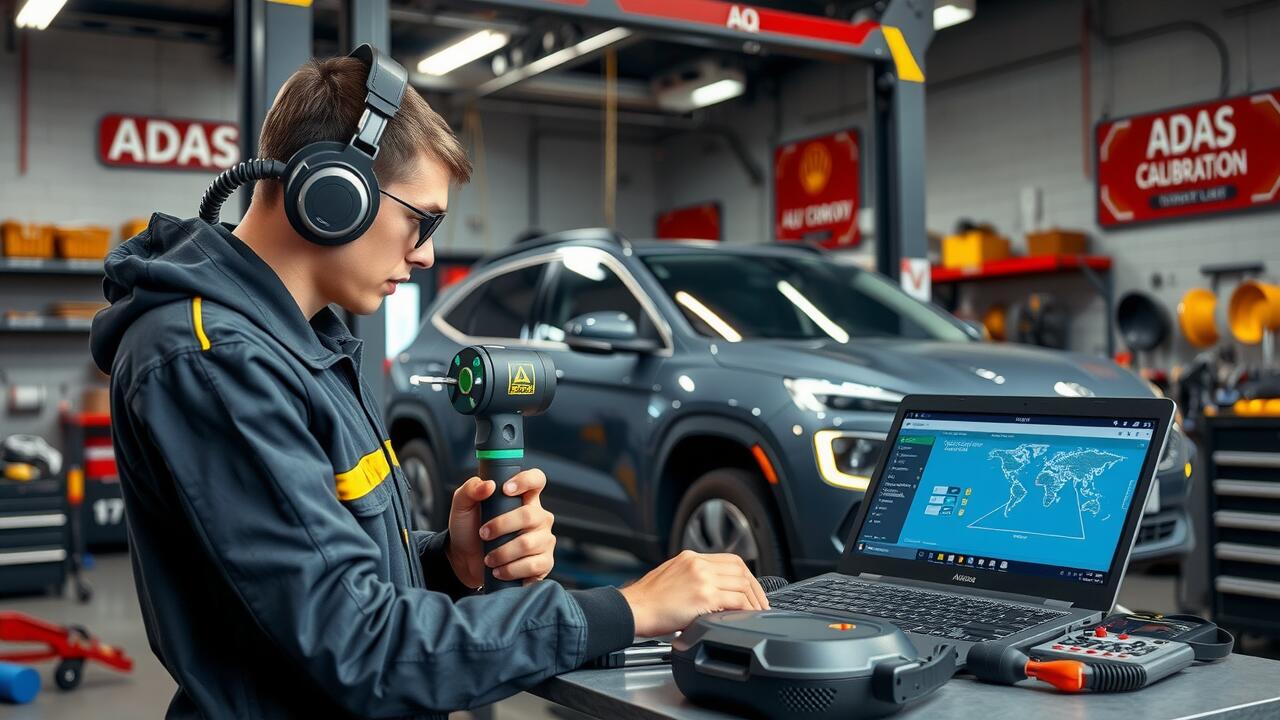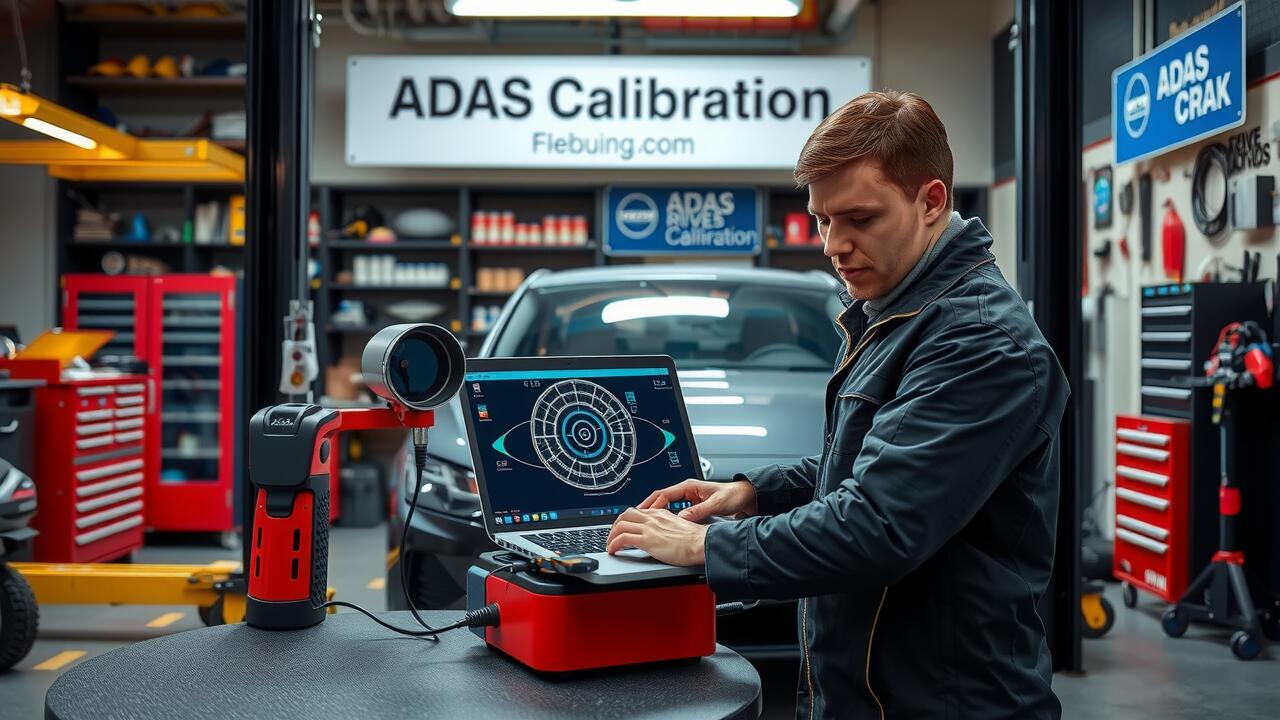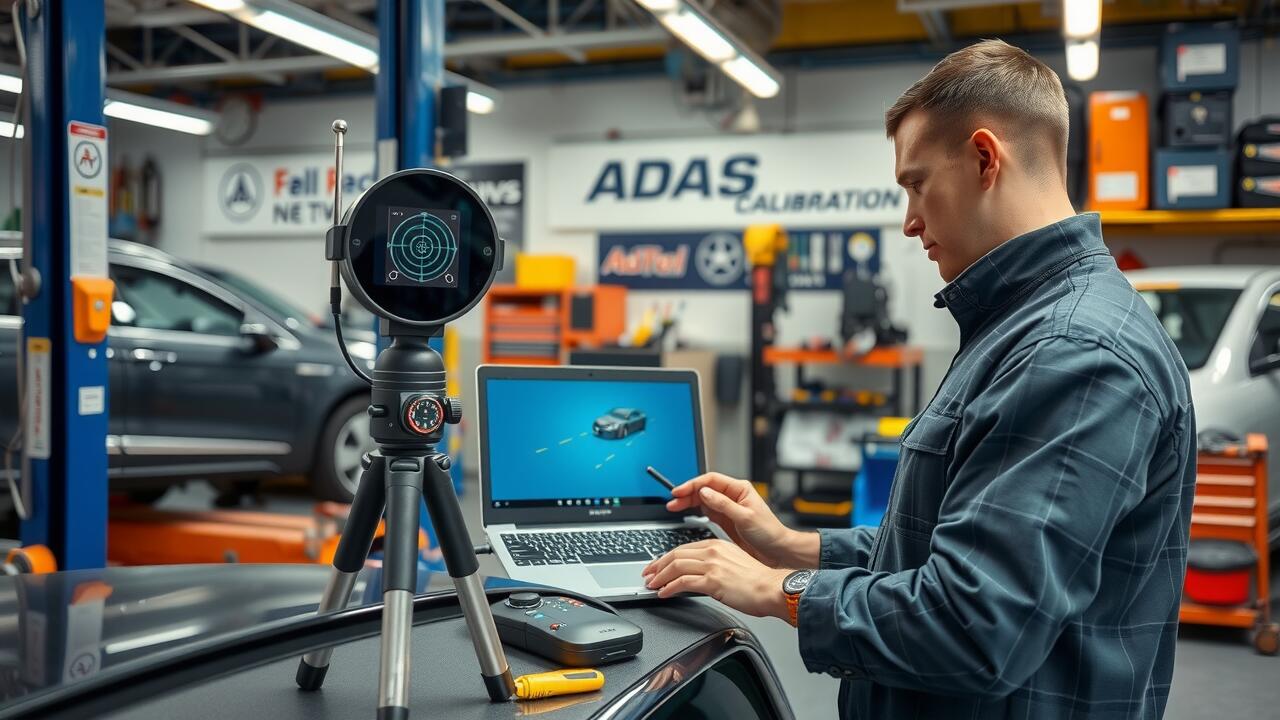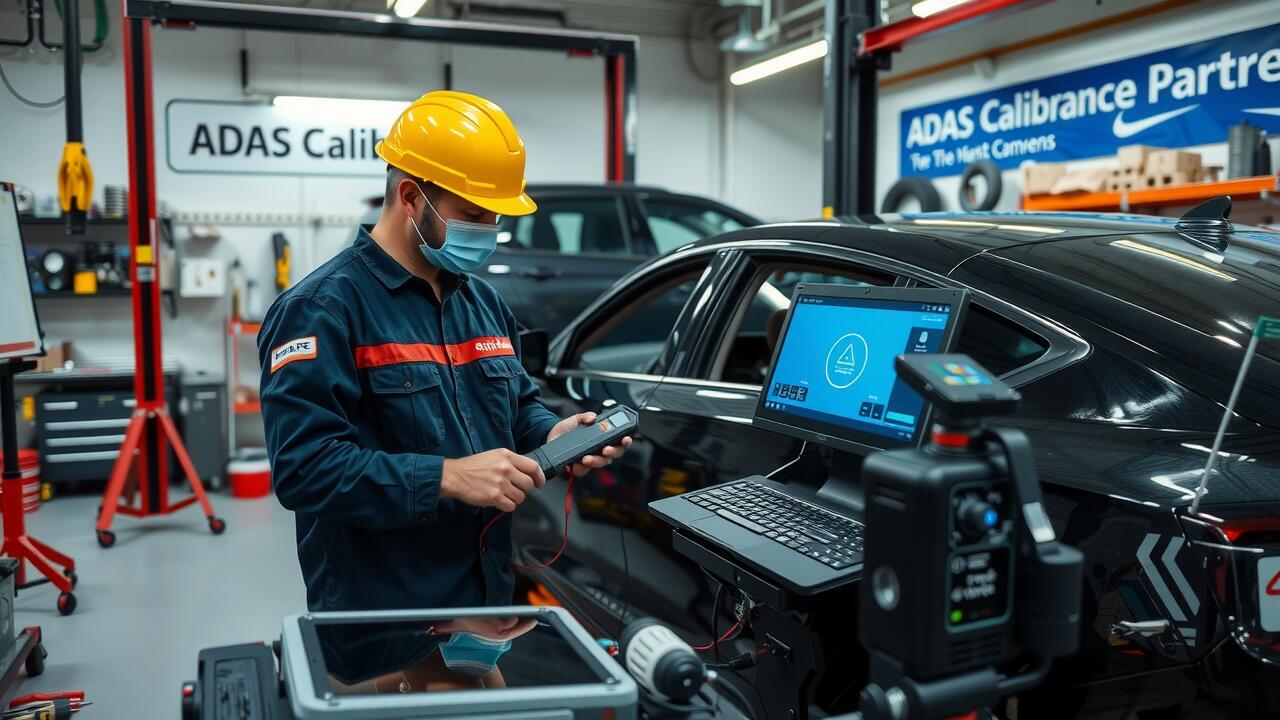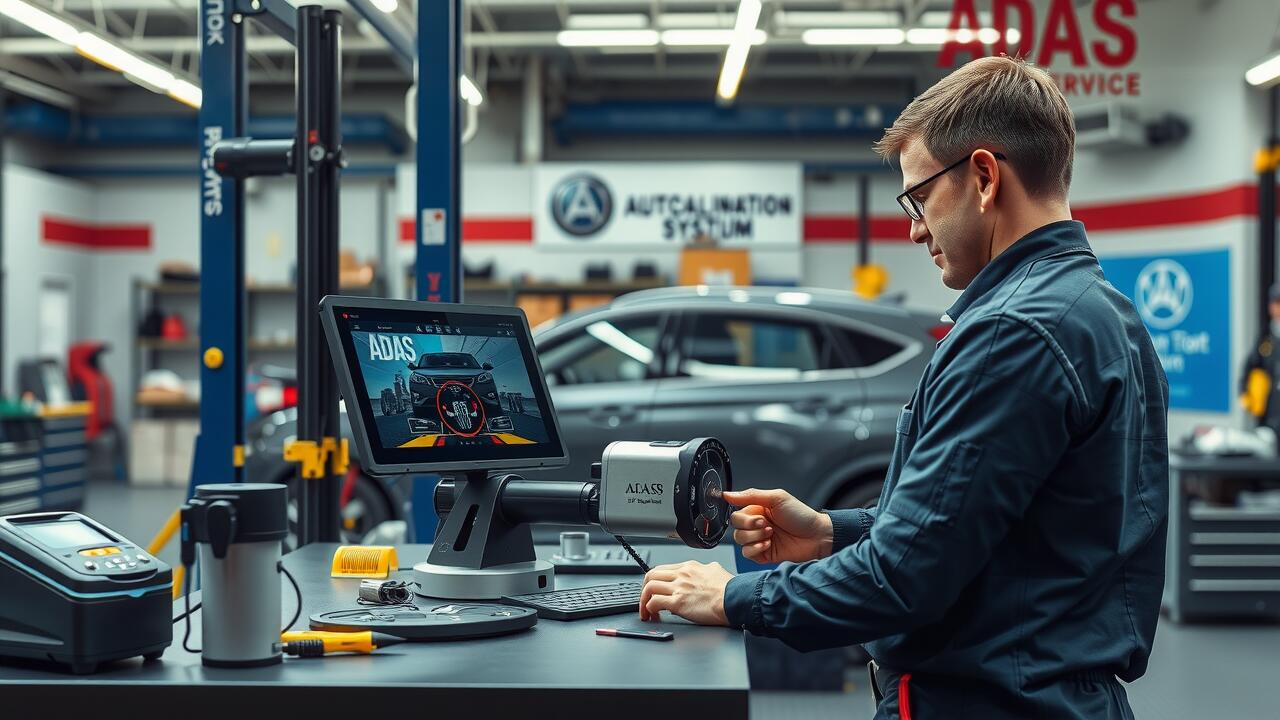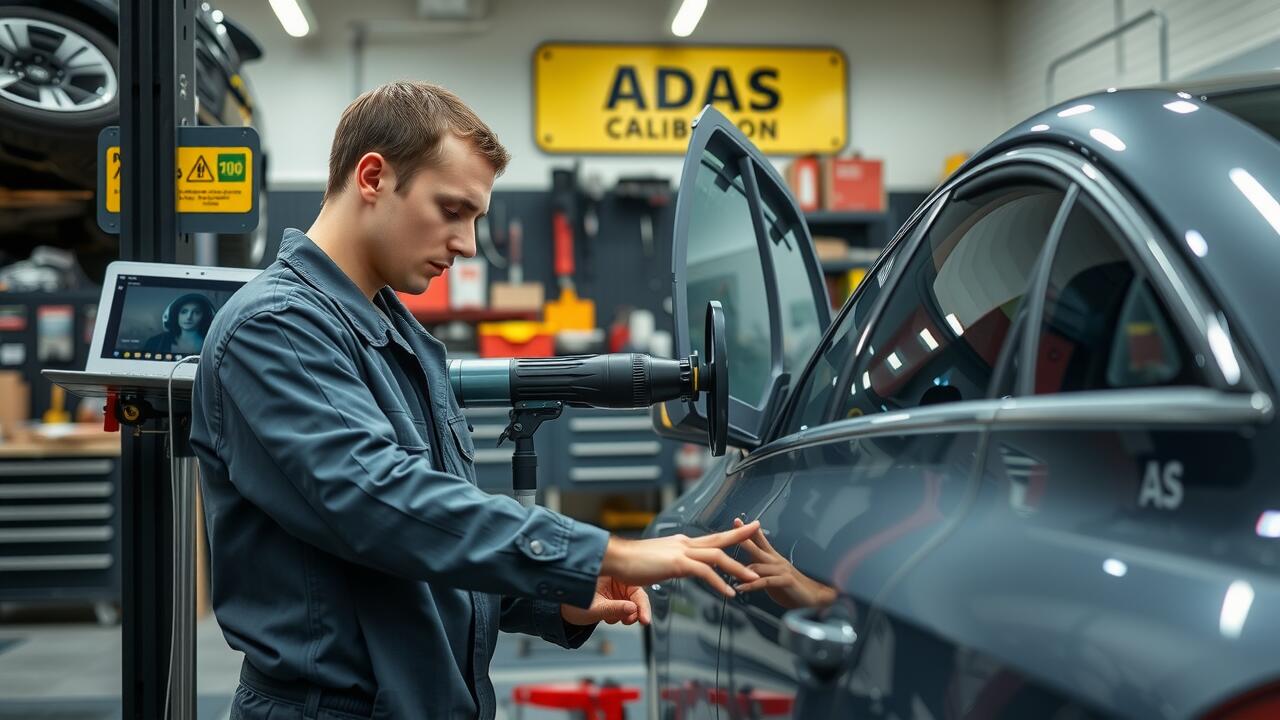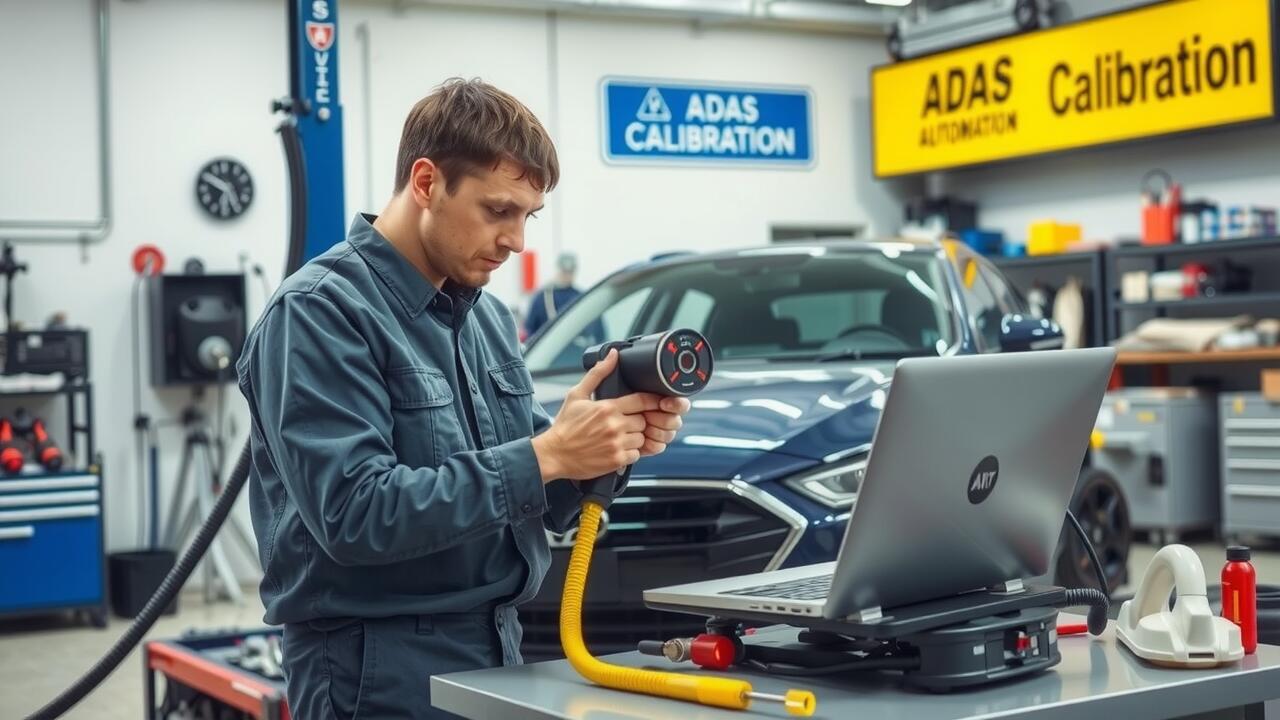
Table Of Contents
DIY Calibration Options
Many vehicle owners consider DIY calibration options for their blind spot monitors, especially considering the potential savings. While some manufacturers provide detailed instructions for ADAS calibration, the process often demands specific tools and knowledge. A successful calibration involves ensuring that sensors are correctly positioned and calibrated according to manufacturer specifications. This may involve using a level, measuring distances, and following guidelines precisely.
However, self-calibration comes with its own set of challenges. Errors in the calibration process can lead to inaccurate readings or false alerts, which could compromise safety. Additionally, not all vehicles lend themselves to DIY adjustments; complexity varies significantly by make and model. Although DIY options can be appealing, it is crucial to weigh potential risks against the costs of professional calibration services.
Pros and Cons of Self-Calibration
Self-calibration of a blind spot monitor can offer several advantages for vehicle owners. It often proves to be a more cost-effective solution, especially for those who are tech-savvy and have access to appropriate tools. Many modern vehicles are equipped with built-in features that allow owners to perform ADAS calibration with relative ease. This approach enables individuals to avoid dealership fees and the hassle of scheduling appointments.
However, self-calibration comes with notable risks. Inaccurately calibrating the system can lead to faulty readings, potentially compromising safety. Advanced Driver Assistance Systems like blind spot monitors require precise alignment for optimal performance. Without proper knowledge and understanding of the calibration process, DIY attempts may result in even more significant issues down the line, requiring professional intervention.
Where to Get Calibration Services
For drivers seeking professional assistance with blind spot monitor calibration, several options are available. Dealerships generally offer ADAS calibration as part of their service menu. They utilise specialised equipment designed specifically for this purpose, ensuring that the calibration adheres to manufacturer specifications. While dealership services often provide reassurance regarding expertise, they can come with a premium price tag.
Independent automotive shops also offer ADAS calibration, frequently at a more competitive rate than dealerships. These shops may have invested in advanced technology and training, allowing them to perform accurate calibrations. It is essential for vehicle owners to verify the shop's reputation and the qualifications of their technicians before proceeding with ADAS calibration services. This helps ensure that the calibration is done correctly, minimising the risk of sensor misalignment.
Dealership vs. Independent Shops
When considering calibration for a blind spot monitor, you have the choice between dealerships and independent shops. Dealerships typically offer specialised services that are directly aligned with specific makes and models, ensuring a level of expertise in ADAS calibration that can be very reassuring. Technicians at these establishments often have access to manufacturer-specific tools and software, which can result in a thorough and precise calibration process. However, this expertise often comes at a premium price, making it less appealing for budget-conscious consumers.
On the other hand, independent shops may offer competitive pricing and prompt service. Many of these establishments have invested in the necessary equipment and training to perform ADAS calibration effectively. They often provide a personal touch and may even build long-term relationships with customers. Nonetheless, the degree of expertise can vary significantly from one independent shop to another, making it crucial for car owners to research and select a reputable service provider to ensure the calibration meets required standards.
Additional Services Often Needed
When calibrating a blind spot monitor, it is essential to consider additional services that may be required to ensure optimal performance. One common need is sensor alignment, which plays a crucial role in the overall functionality of Advanced Driver Assistance Systems (ADAS). Misaligned sensors can lead to inaccurate readings and diminish the effectiveness of safety features. Therefore, addressing sensor alignment during calibration can prevent future issues and enhance driving safety.
Another important aspect is ADAS calibration itself, which requires precise adjustments and potentially advanced equipment. This calibration process not only ensures that the blind spot monitor functions correctly but also verifies that other safety systems, such as lane departure warnings and emergency braking, are operating as intended. Investing in these additional services can save time and money in the long run by mitigating the risk of potentially hazardous situations on the road.
Sensor Alignment
Proper sensor alignment is a crucial part of ensuring that a blind spot monitor functions effectively. Misalignment can occur due to various factors like collisions, wear and tear, or improper installation. Each of these can severely impact the accuracy of the system. Regular checks and adjustments are essential for maintaining the reliability of the Advanced Driver Assistance Systems (ADAS) calibration.
When aligning sensors, professionals typically use specialised equipment to ensure precision. This process often goes hand-in-hand with ADAS calibration, as both are integral to the overall performance of your vehicle's safety features. A well-aligned sensor can drastically reduce false alerts and improve driver confidence while on the road. Neglecting sensor alignment can lead to unsafe driving conditions and compromise the monitoring system's effectiveness.
FAQS
What is a blind spot monitor and why is calibration necessary?
A blind spot monitor is a safety feature in vehicles that alerts drivers to vehicles in their blind spots. Calibration is necessary to ensure that the sensors and cameras are accurately positioned and functioning correctly, which is vital for the system to work effectively.
How much does it typically cost to calibrate a blind spot monitor?
The cost of calibrating a blind spot monitor can vary widely, typically ranging from $100 to $500, depending on whether you choose a dealership or an independent shop, as well as the complexity of the calibration process.
Can I calibrate my blind spot monitor myself?
Yes, some vehicles may allow for DIY calibration using specific tools or software. However, it is essential to consult your vehicle’s manual and ensure you have the proper equipment to avoid potential safety issues.
What are the pros and cons of self-calibrating my blind spot monitor?
The pros include potential cost savings and convenience, while the cons involve the risk of improper calibration, which could lead to malfunctioning sensors or inaccurate readings, potentially compromising safety.
How do dealership services compare to independent shops for calibration?
Dealerships often have the latest equipment and manufacturer-specific knowledge, which can lead to more reliable calibration but may be more expensive. Independent shops may offer competitive pricing and personalised service but can vary in expertise and equipment.

